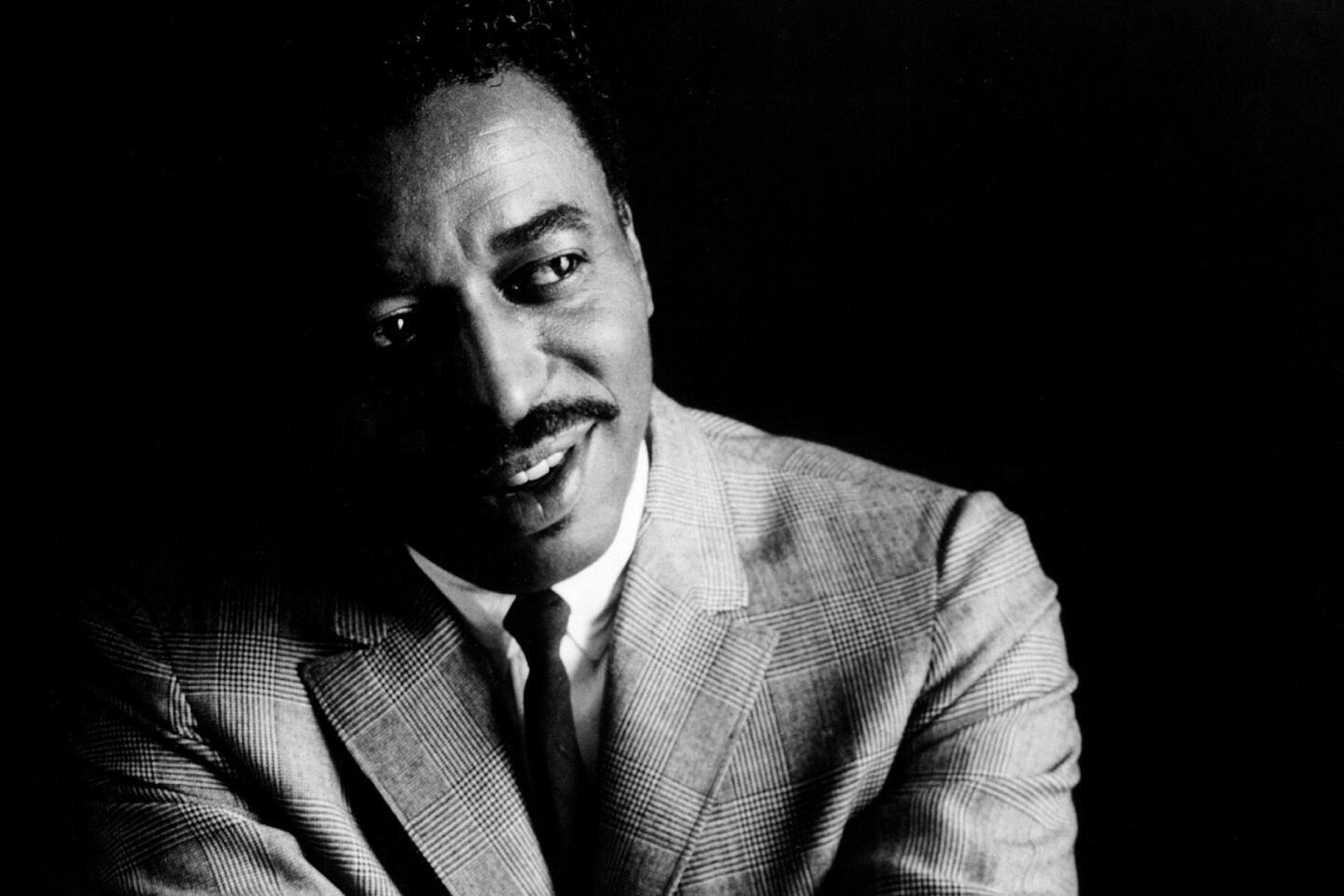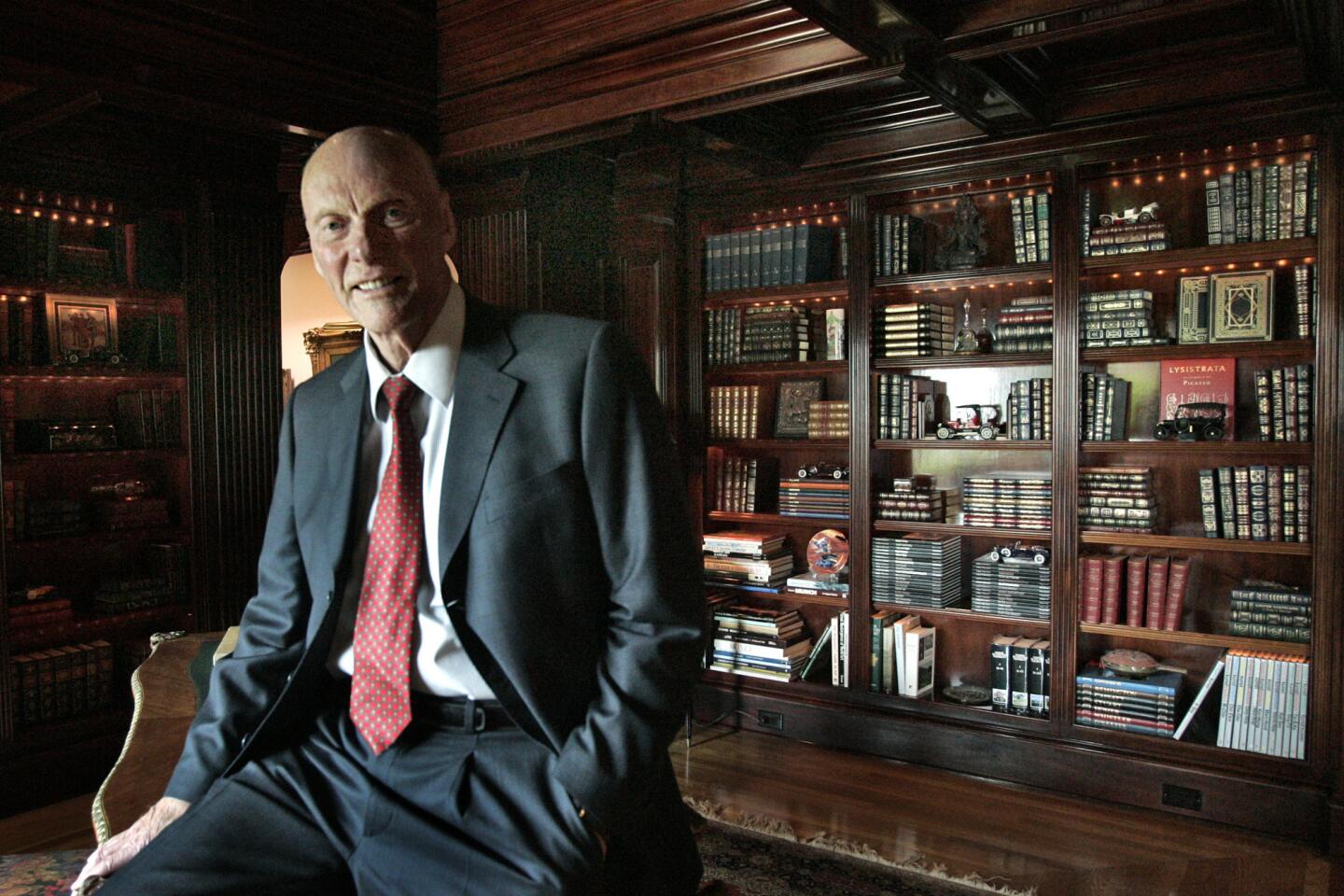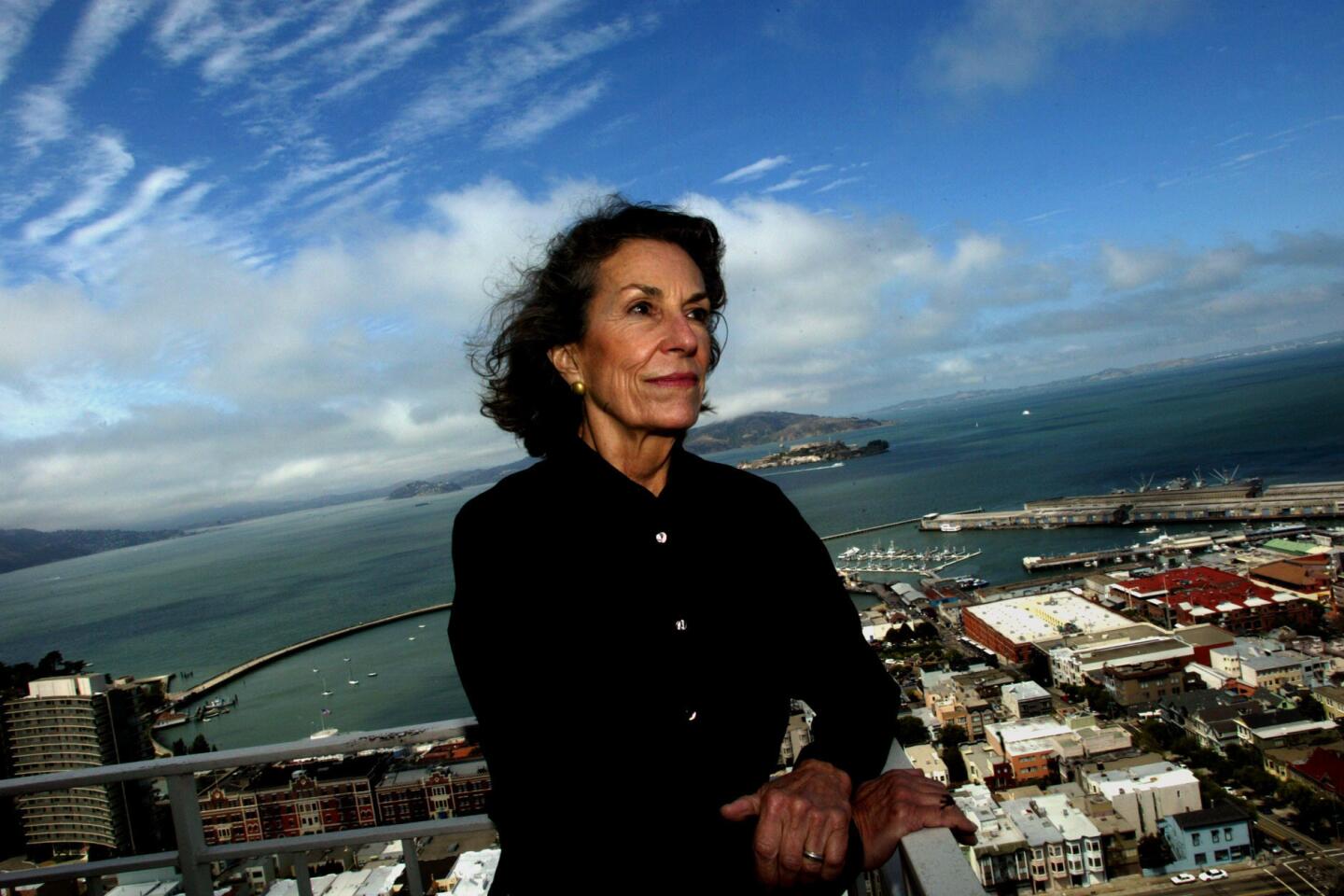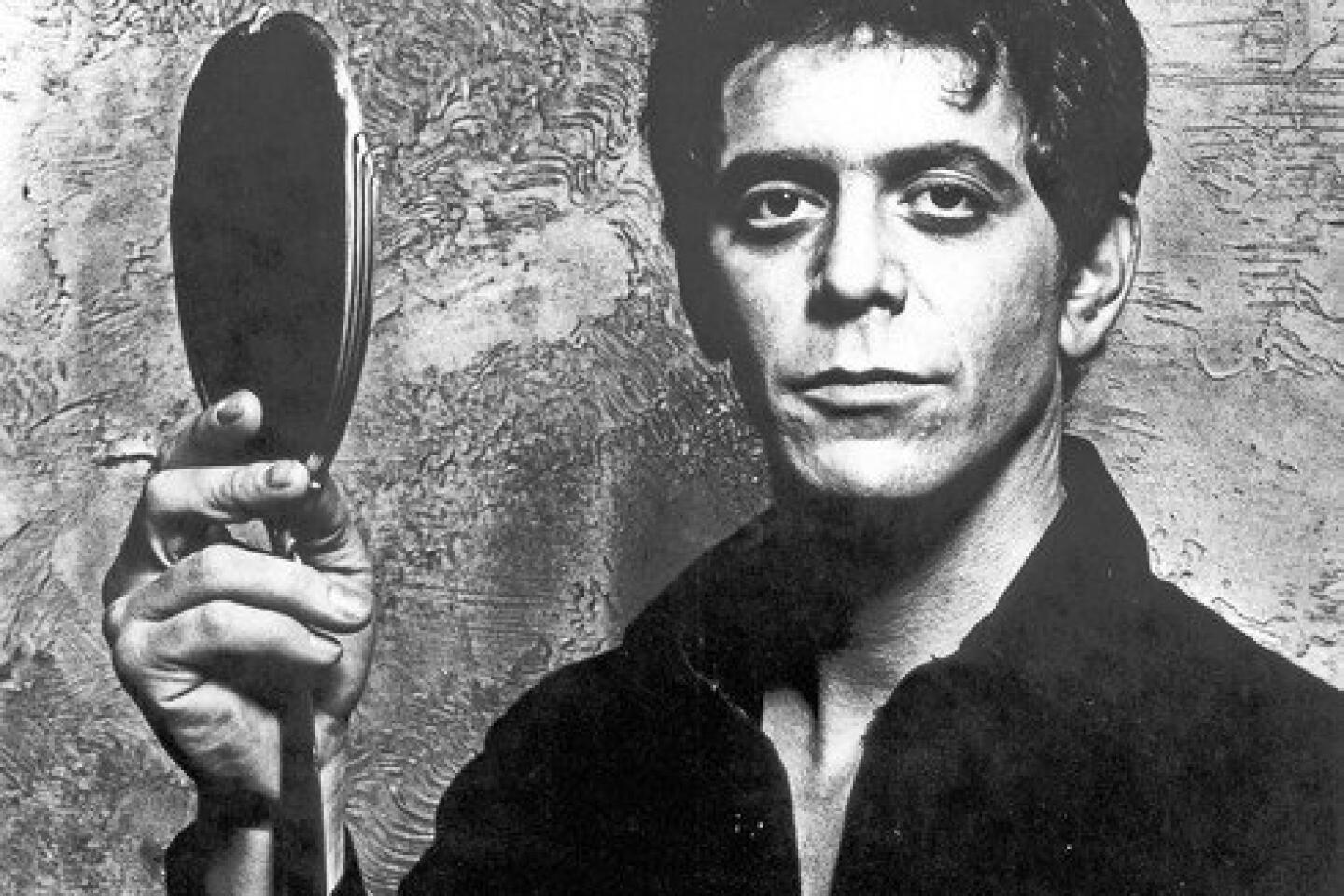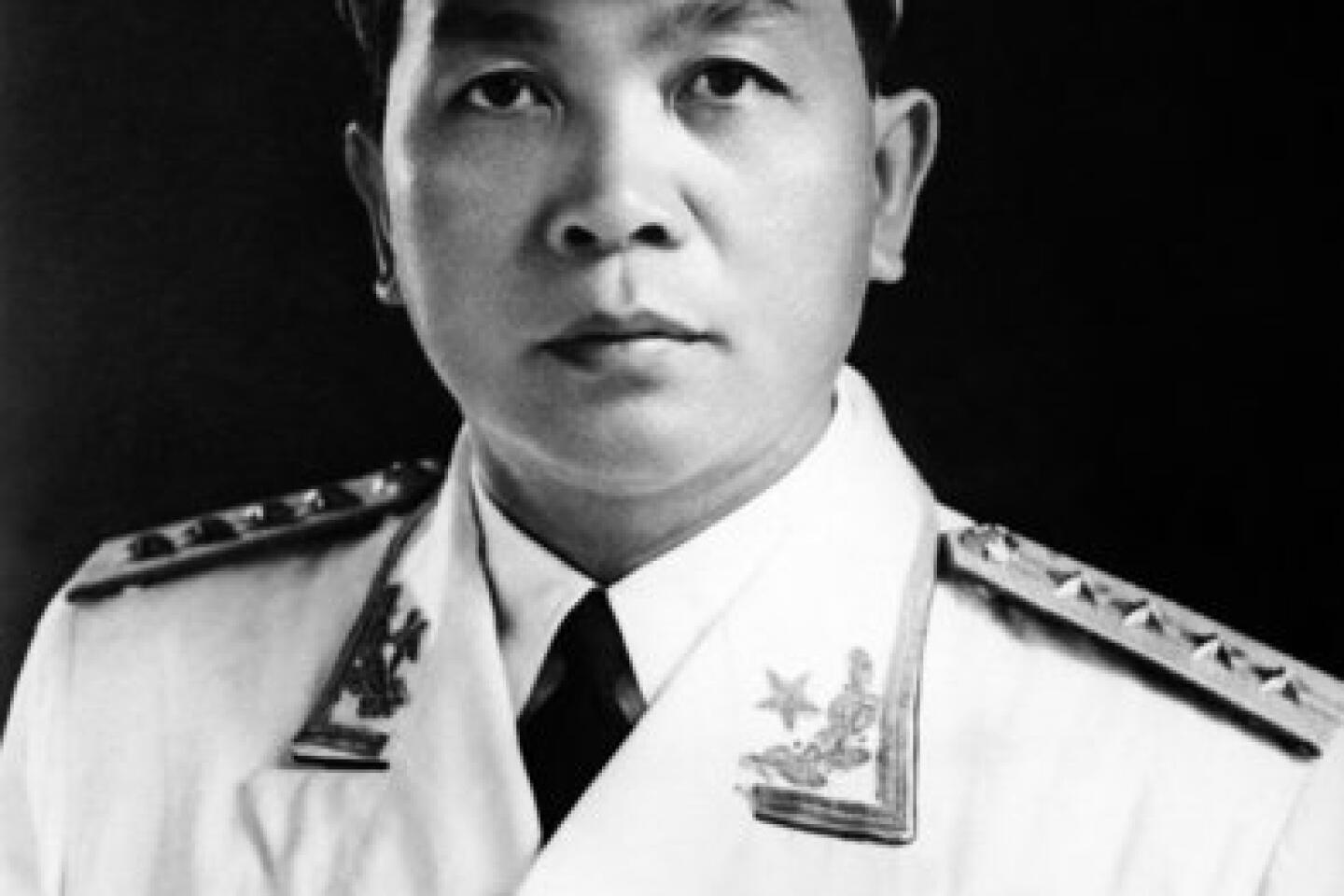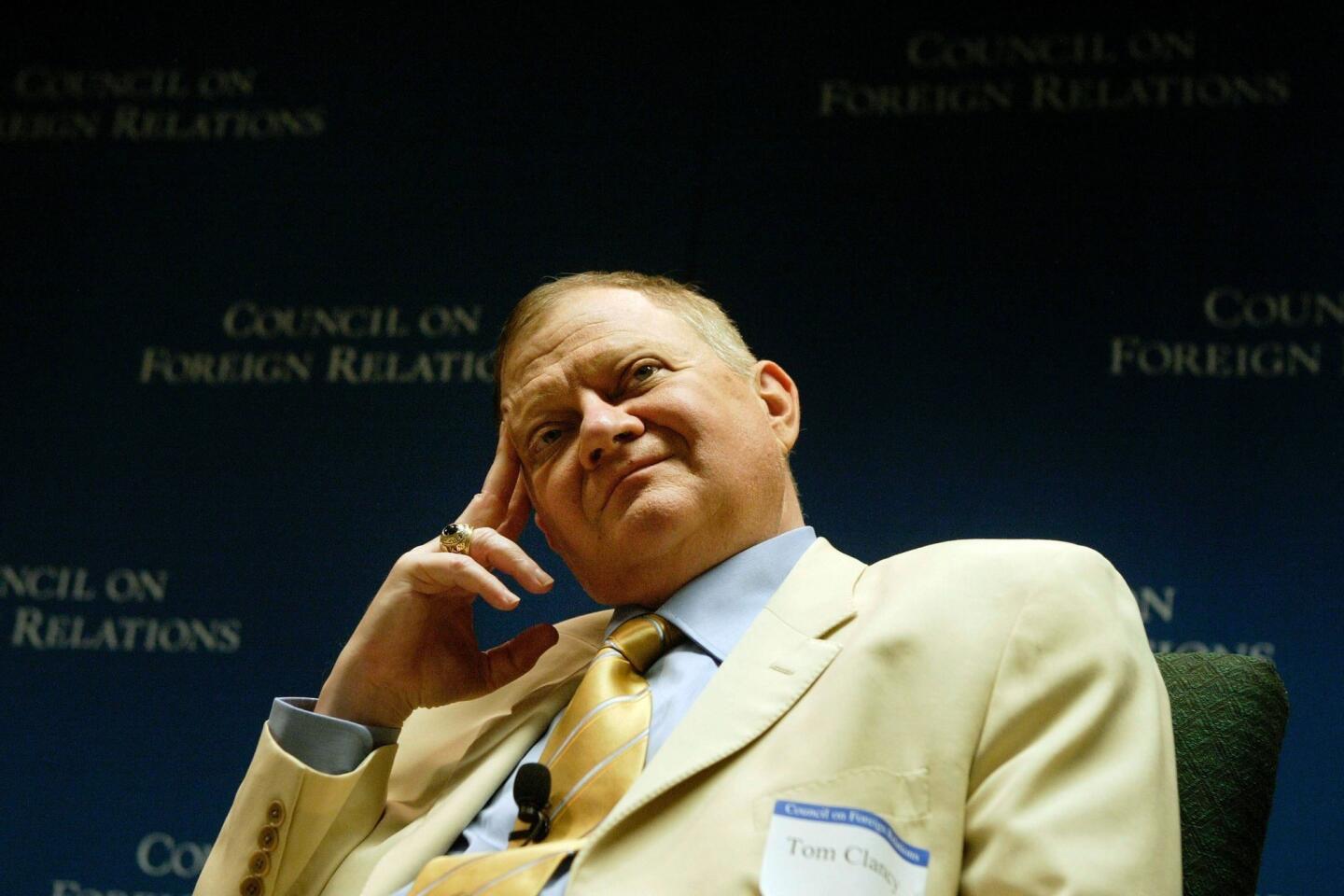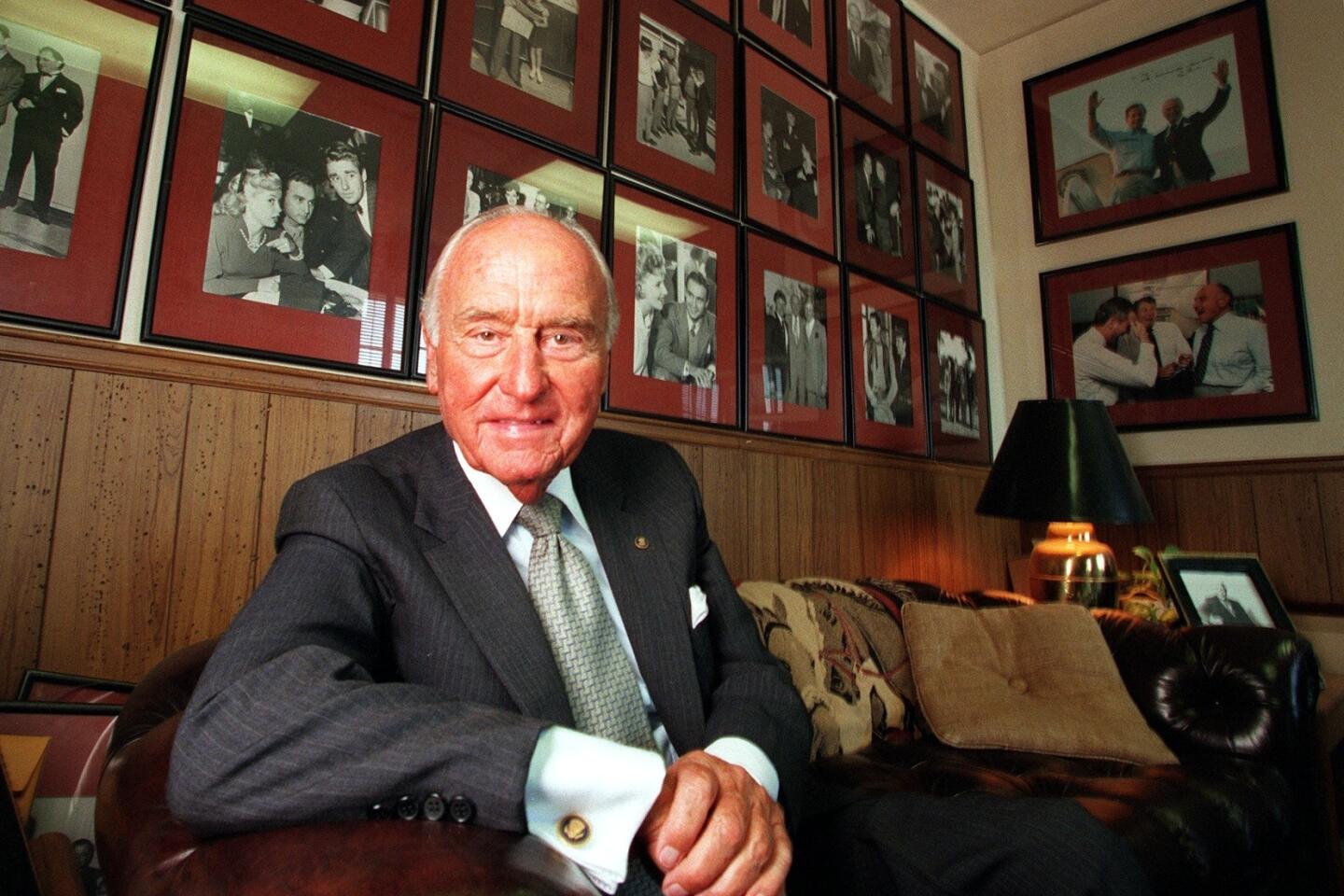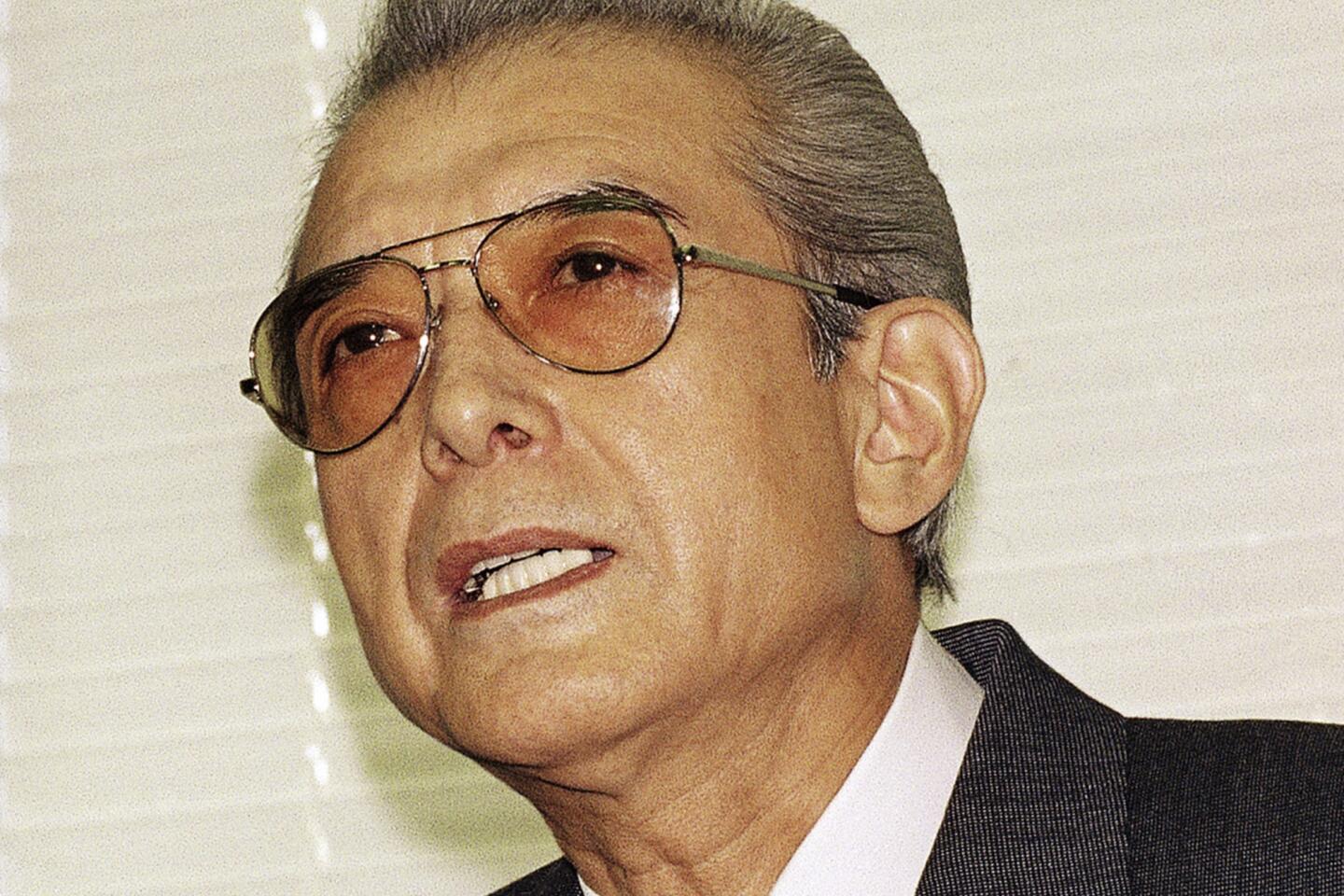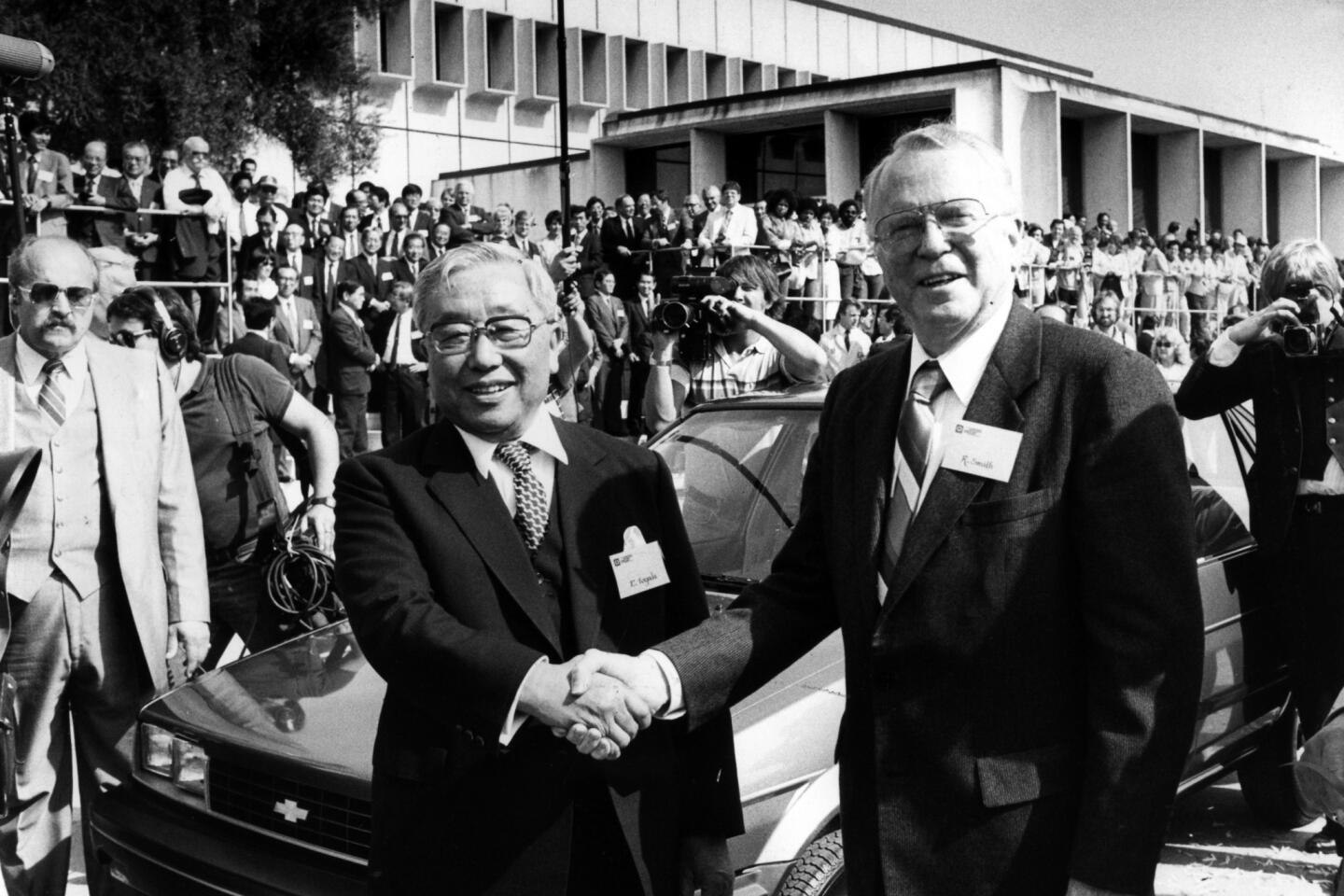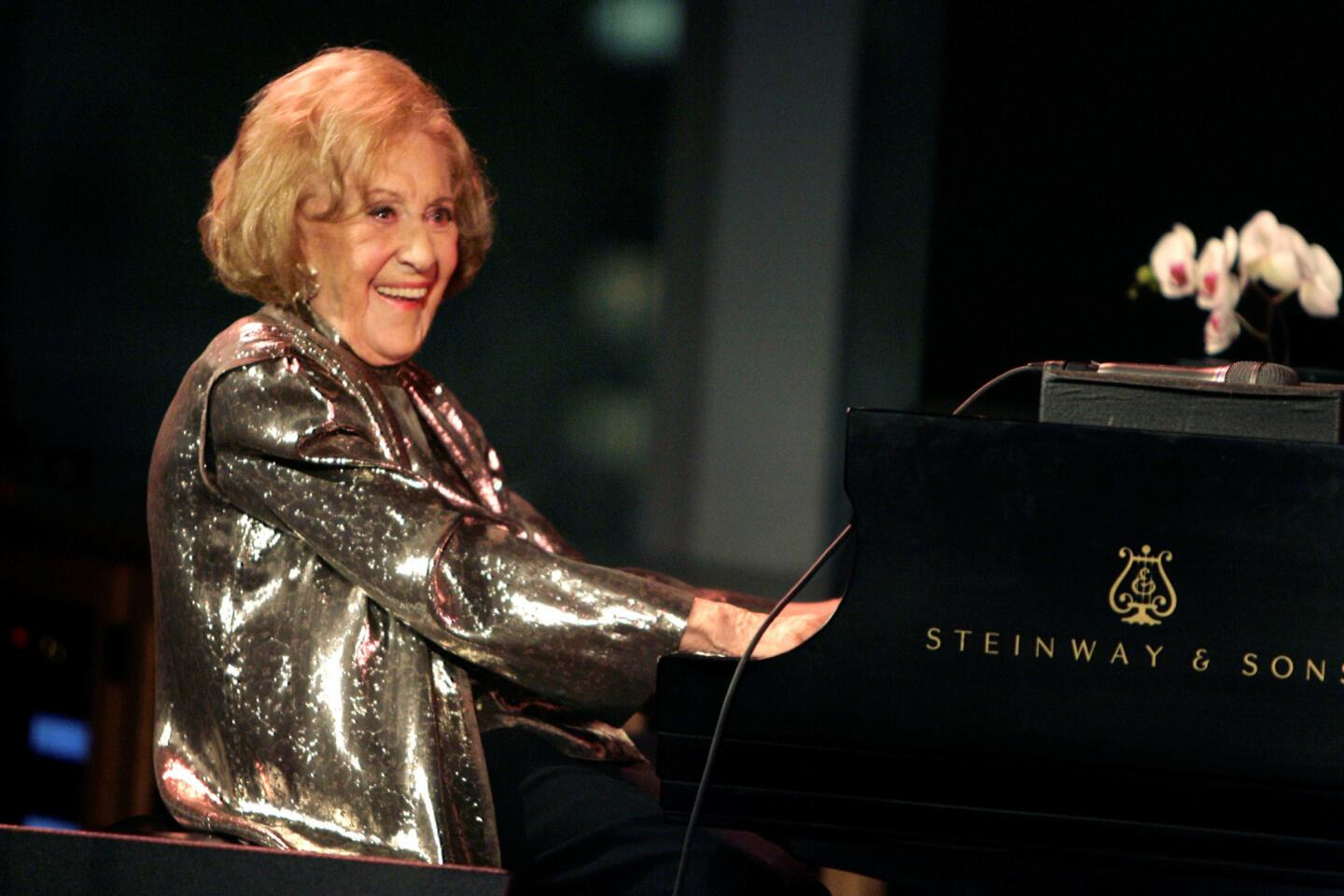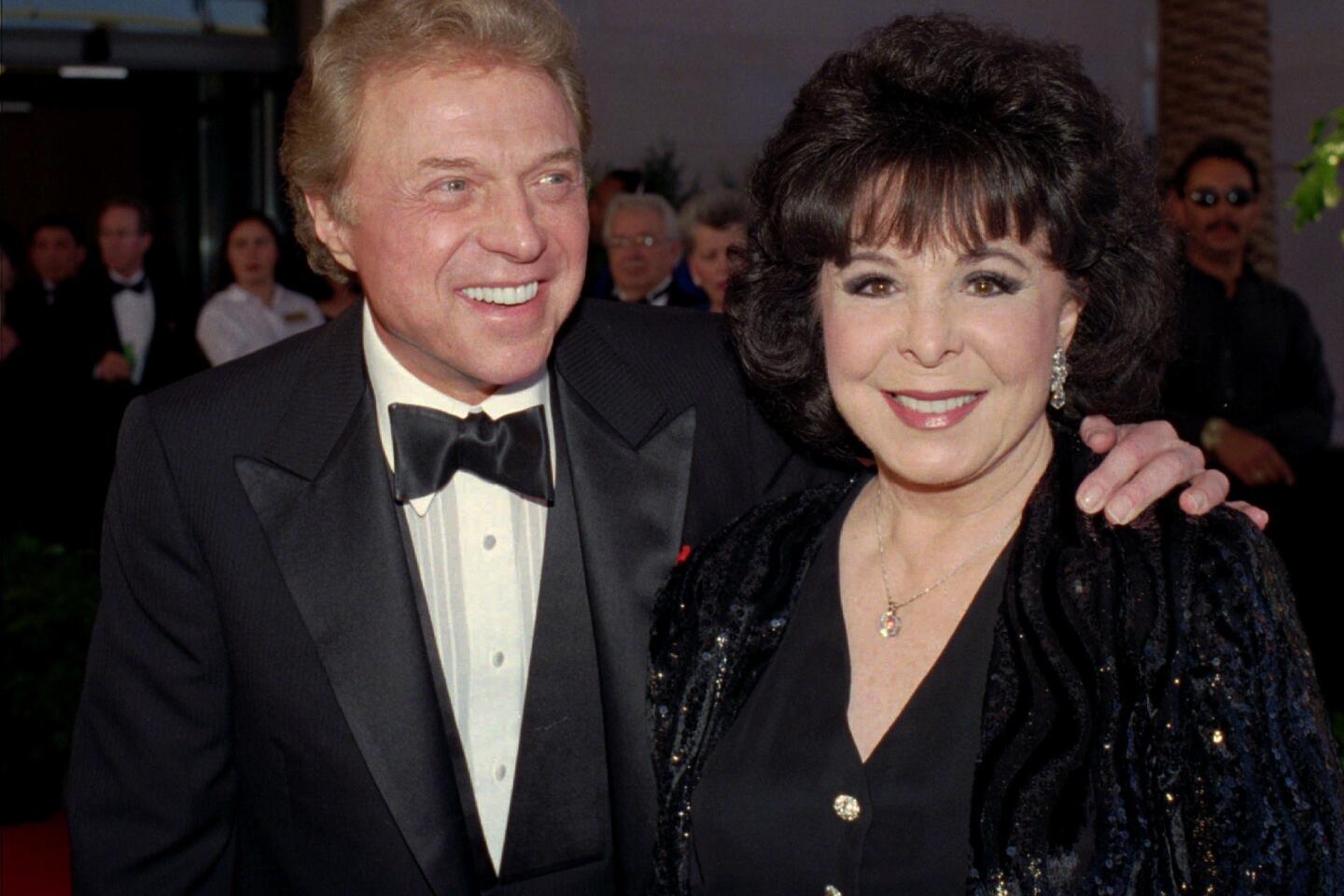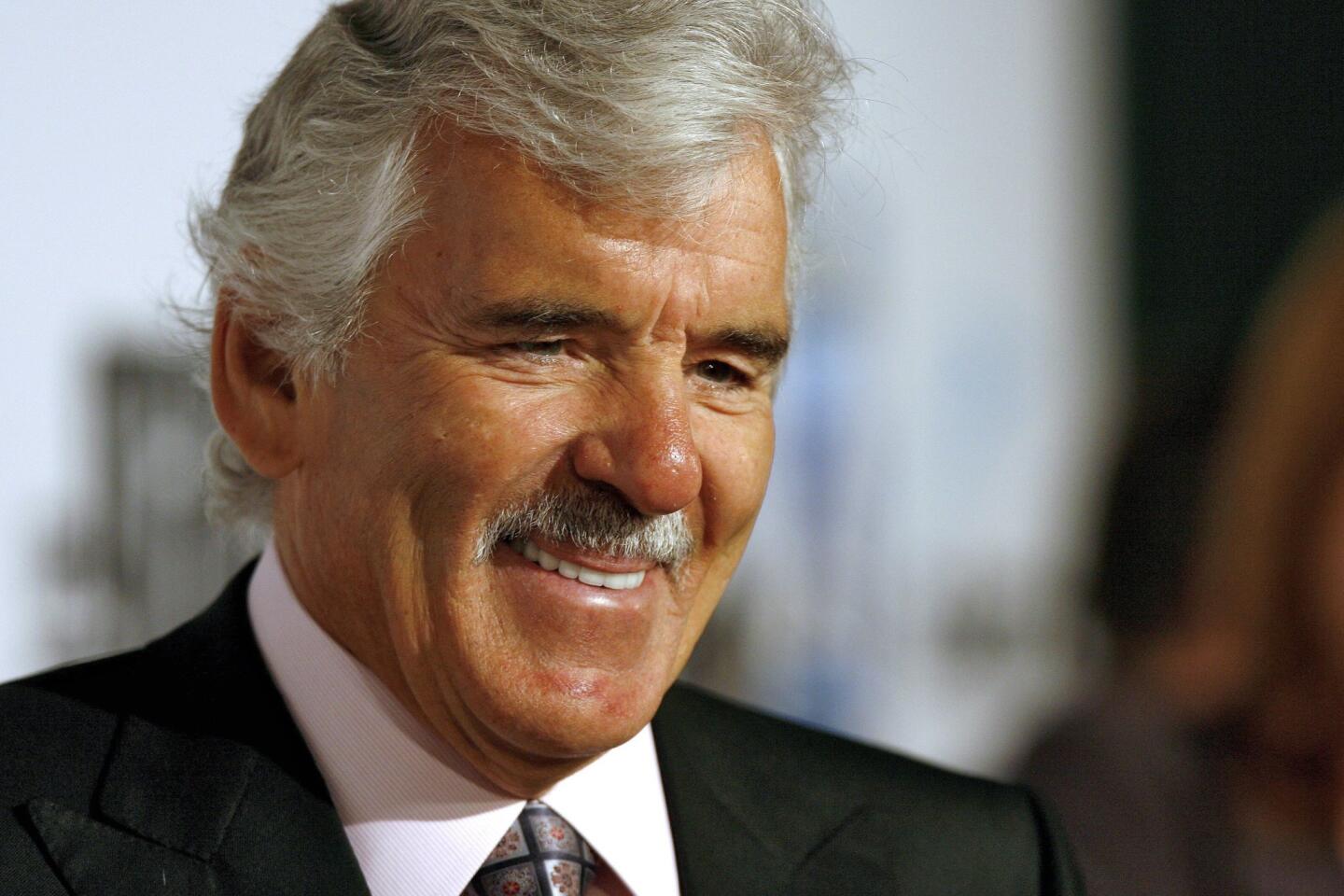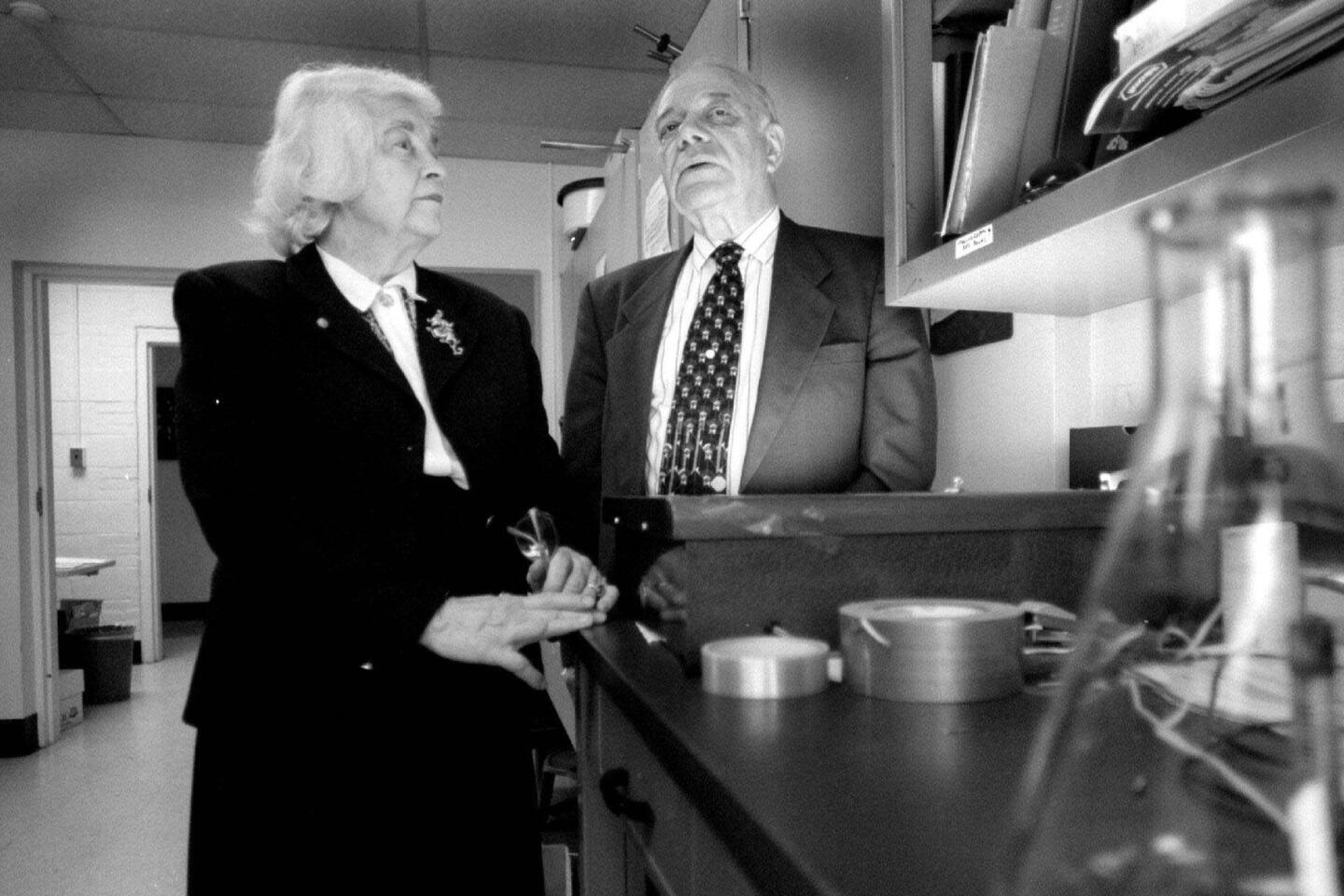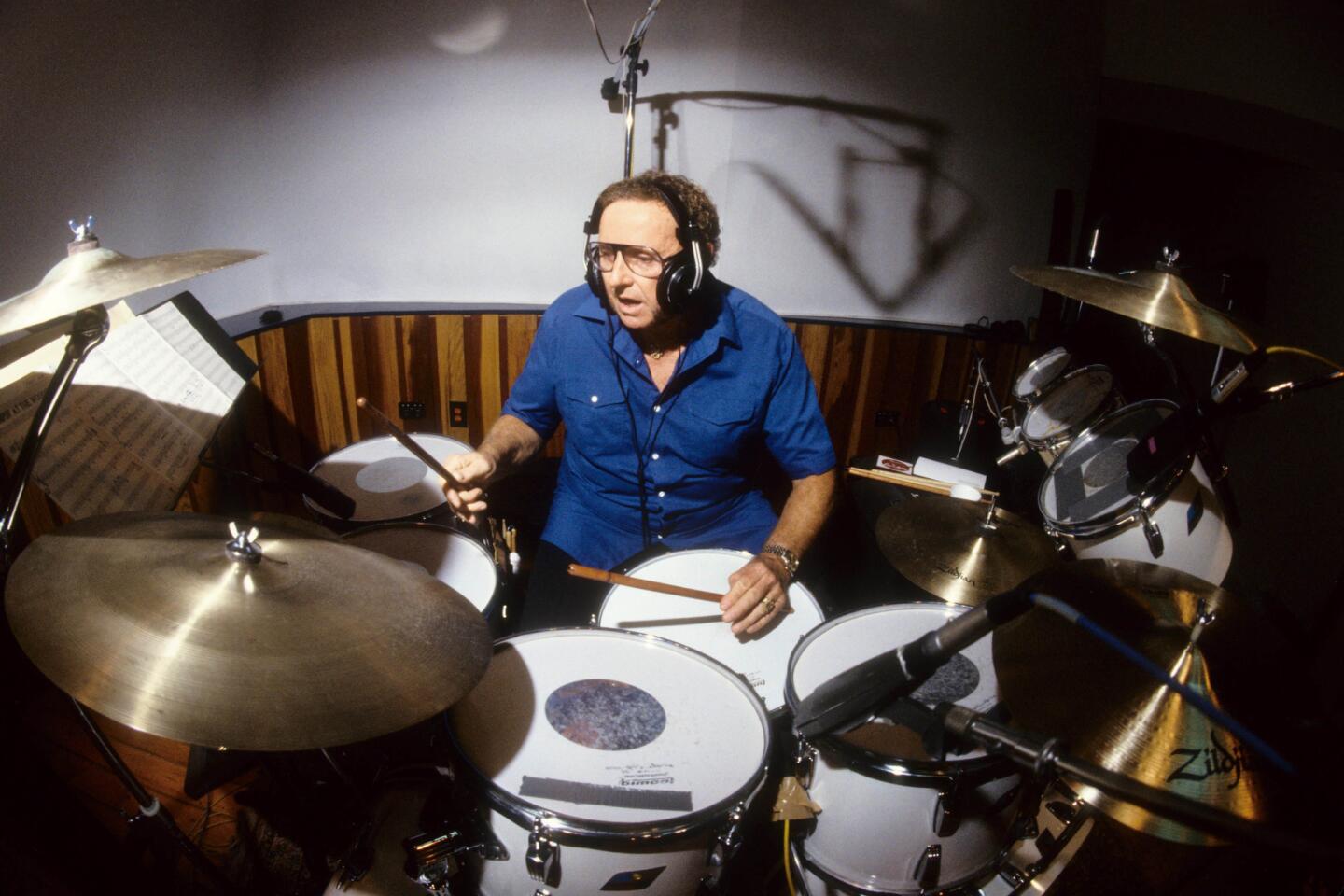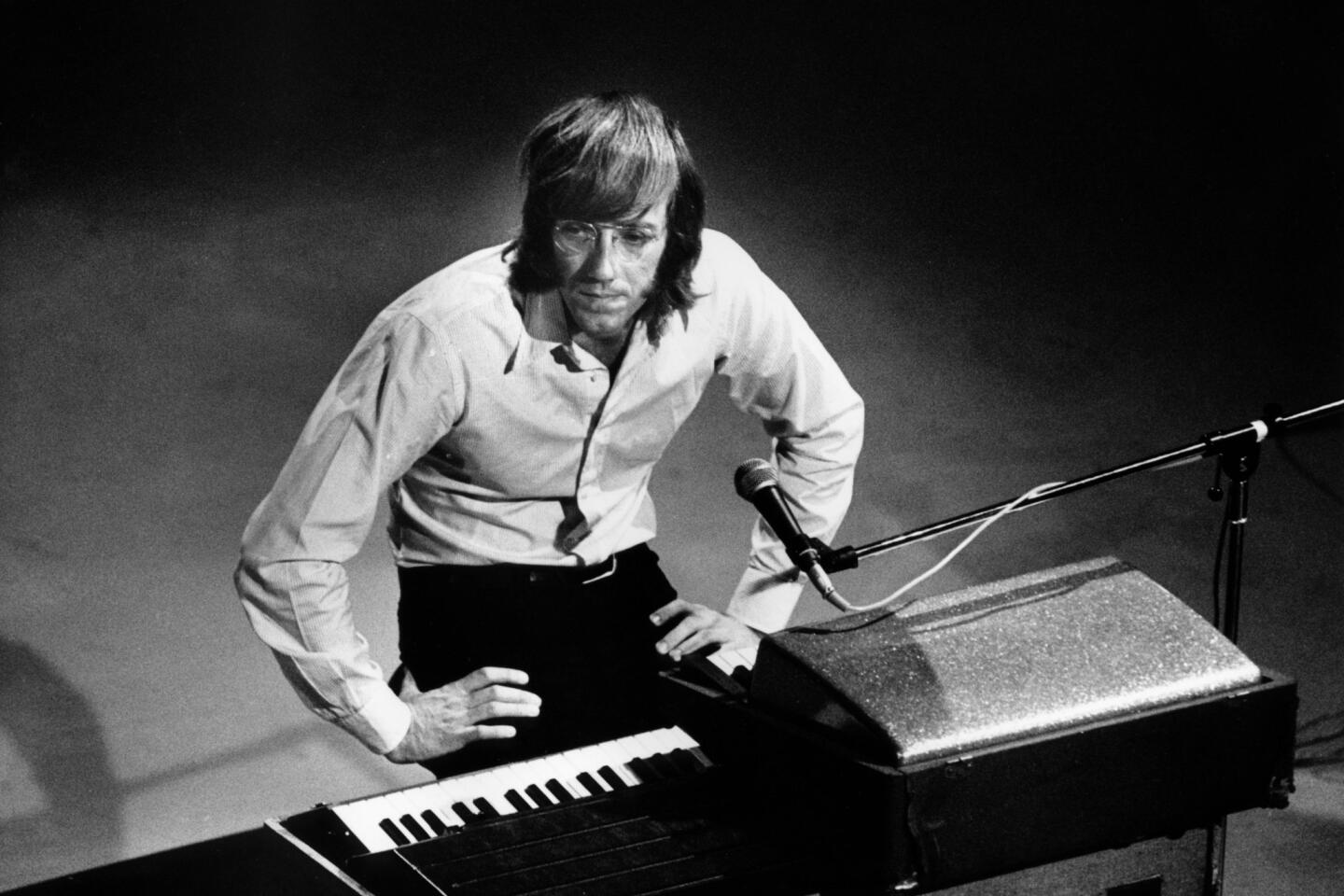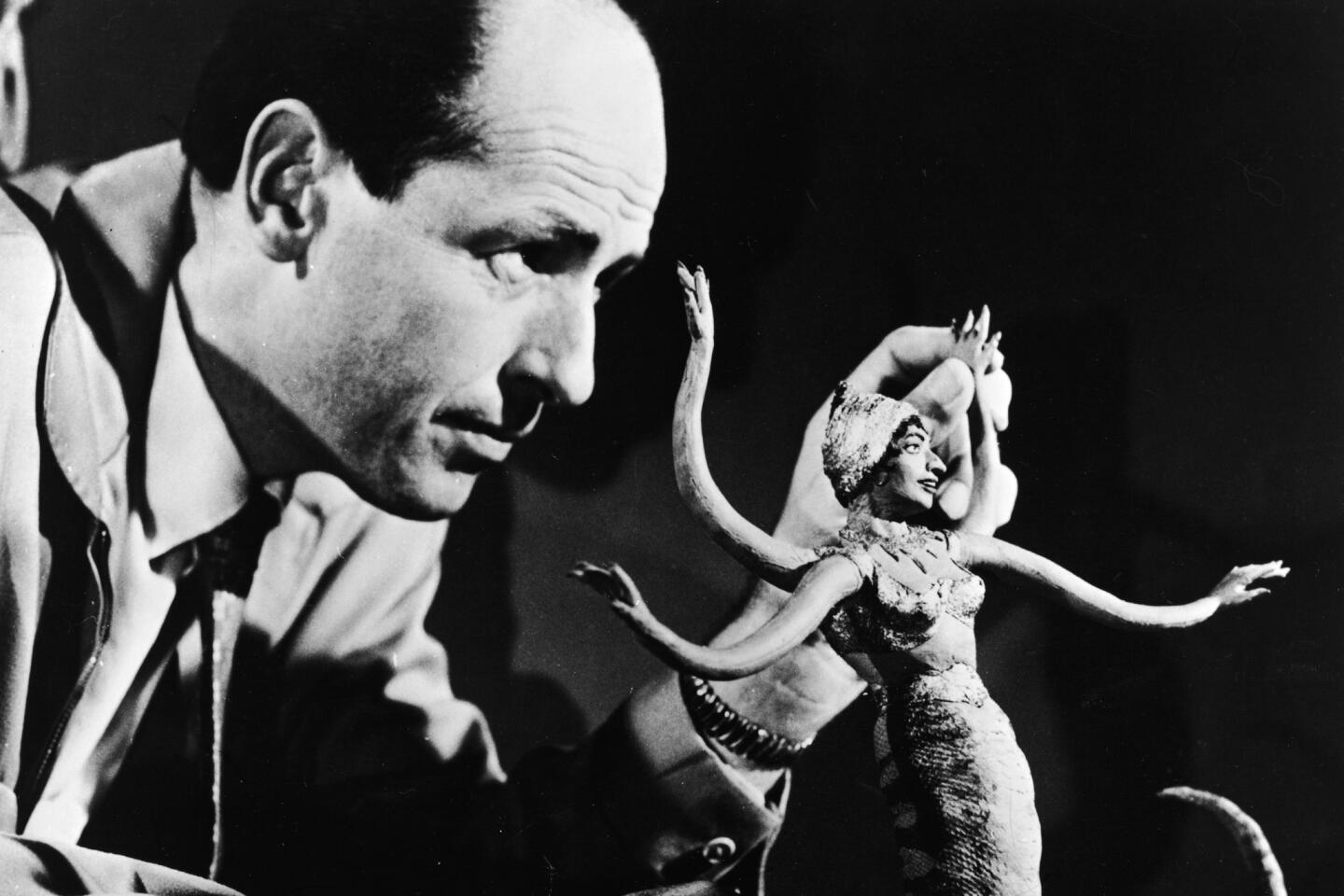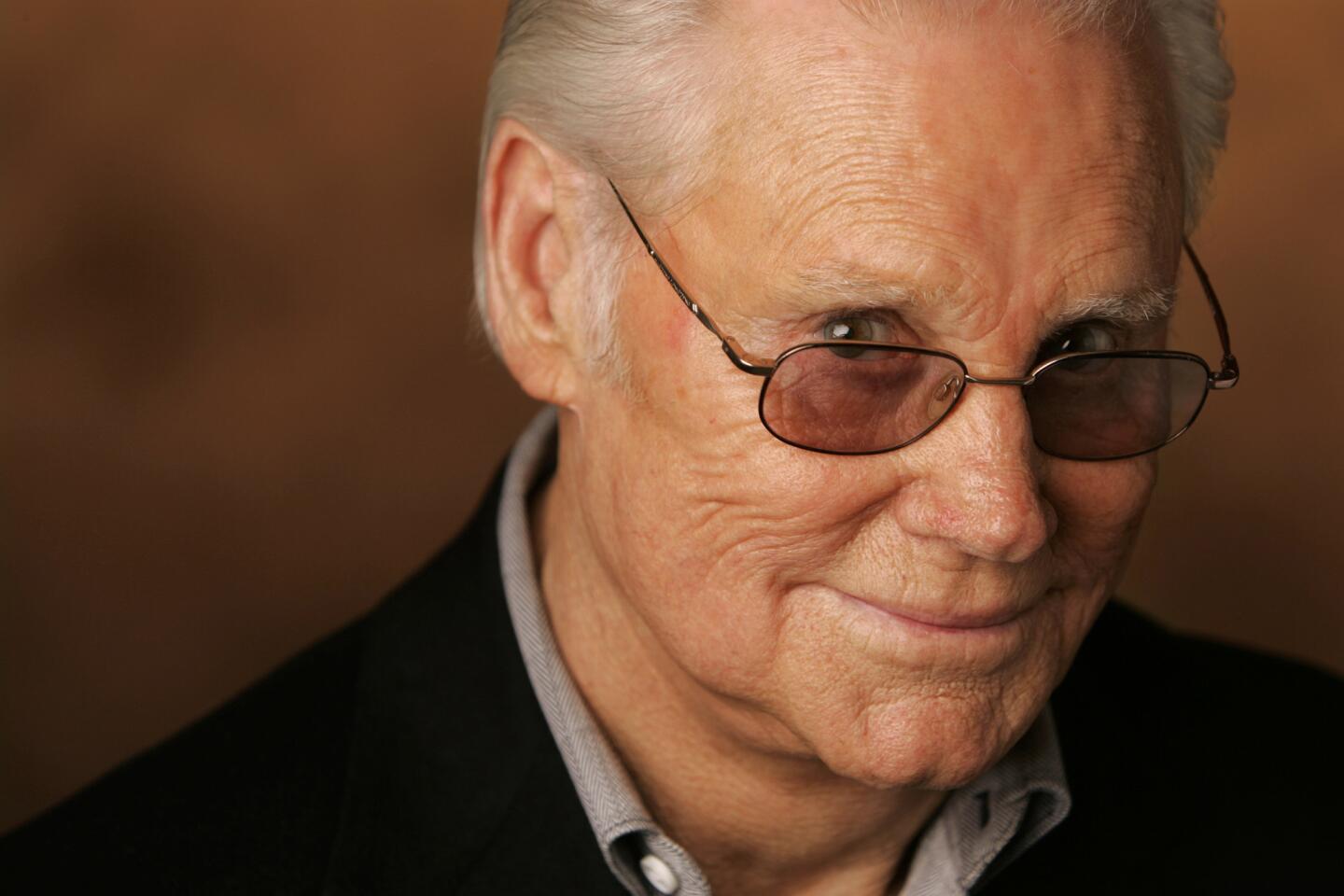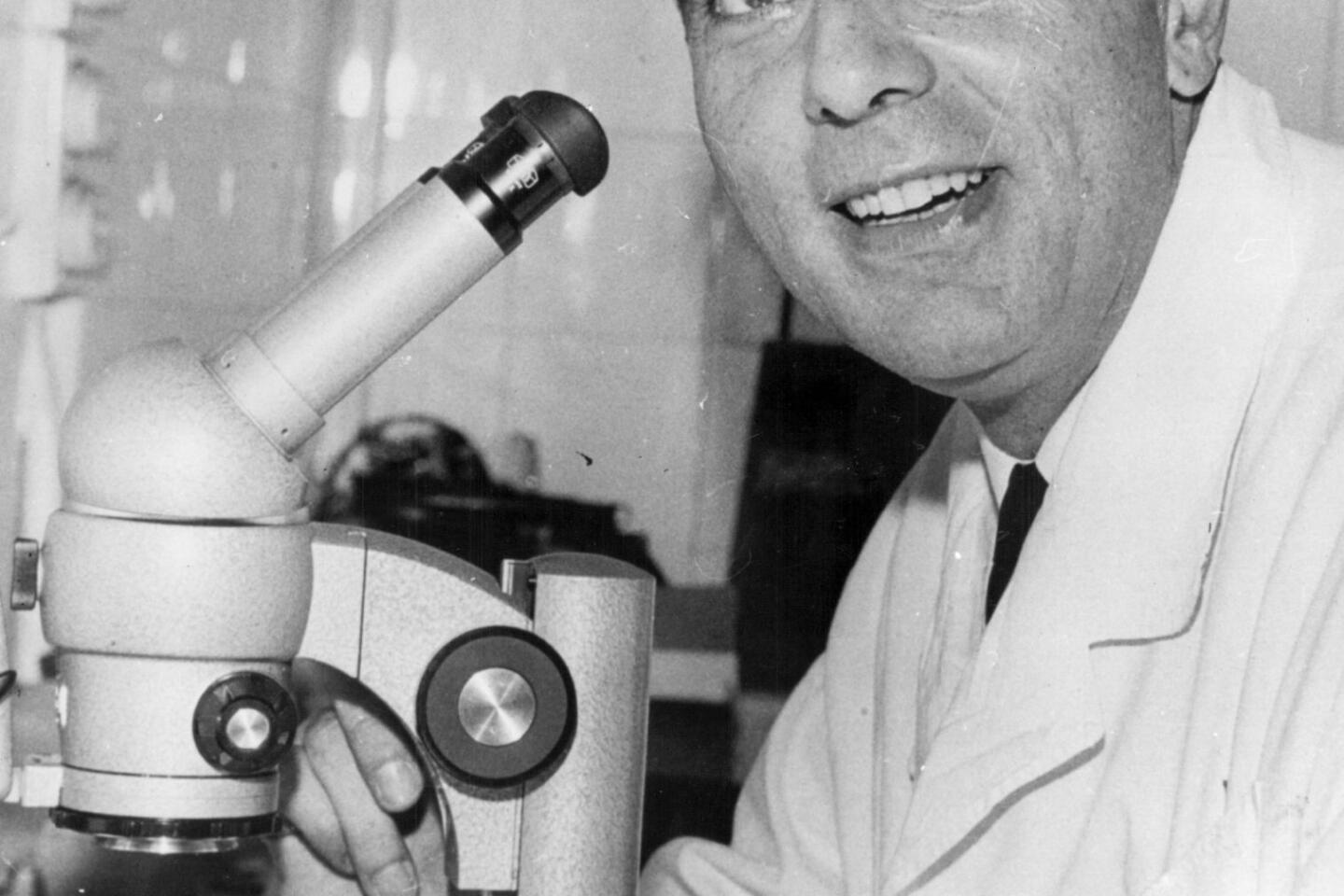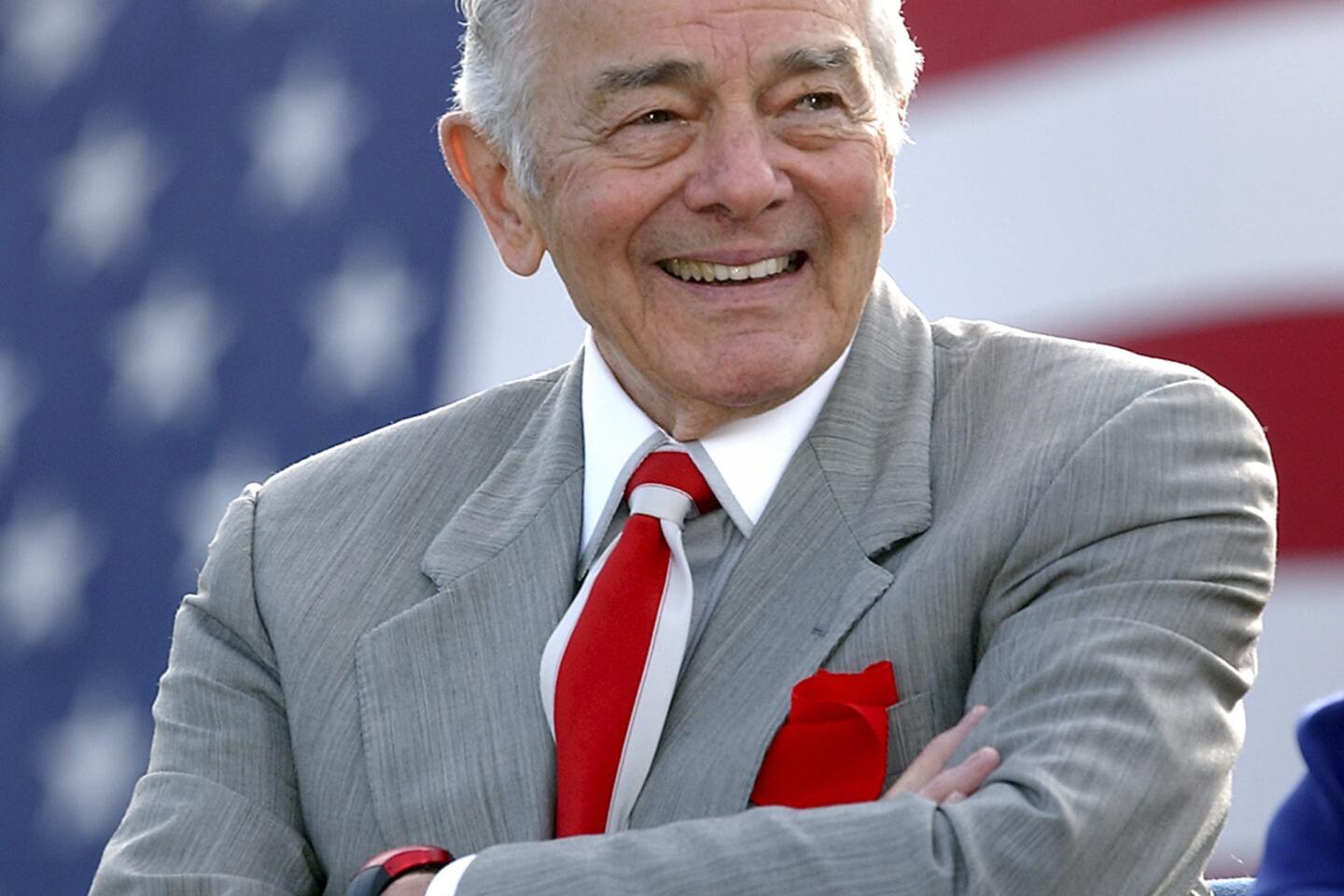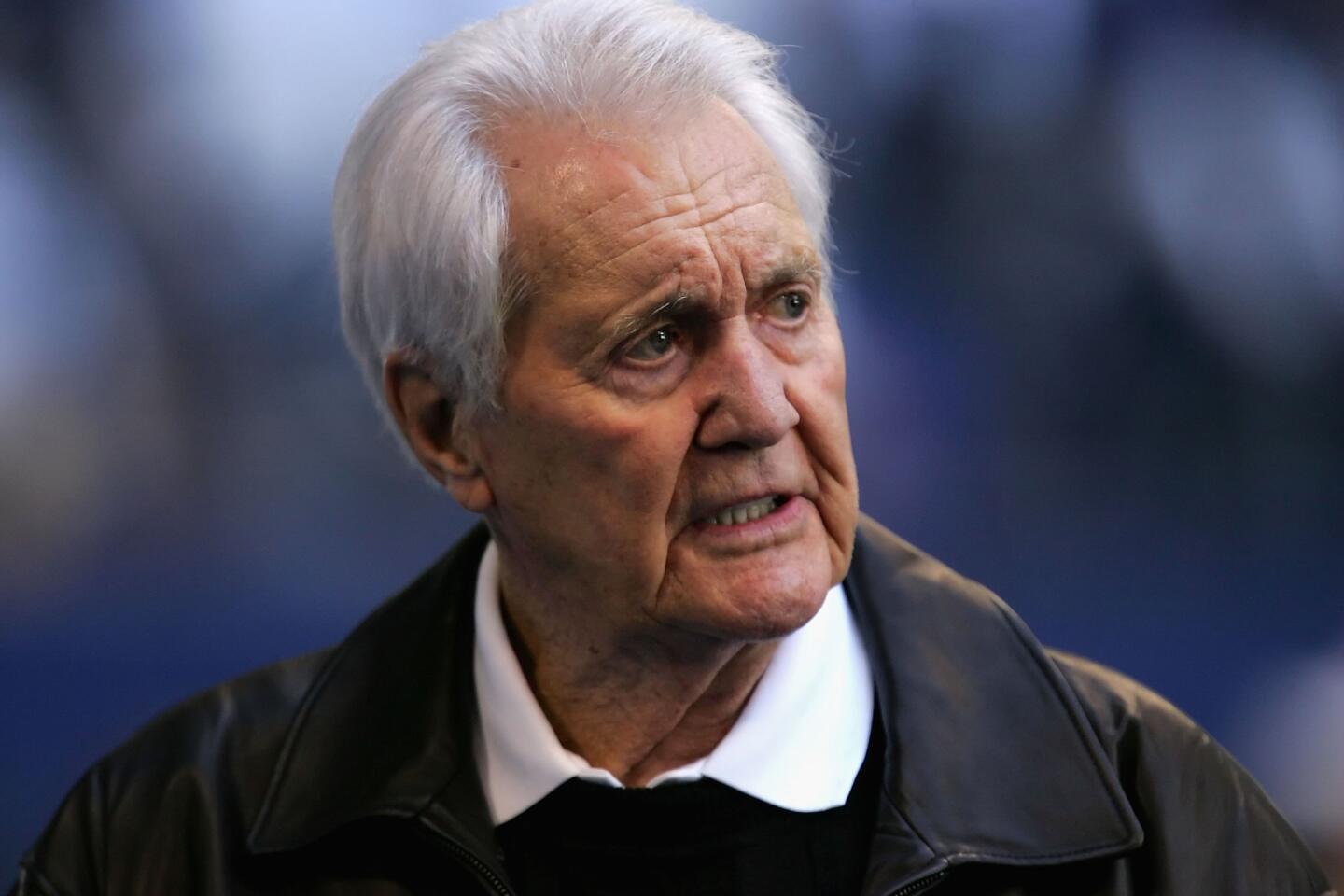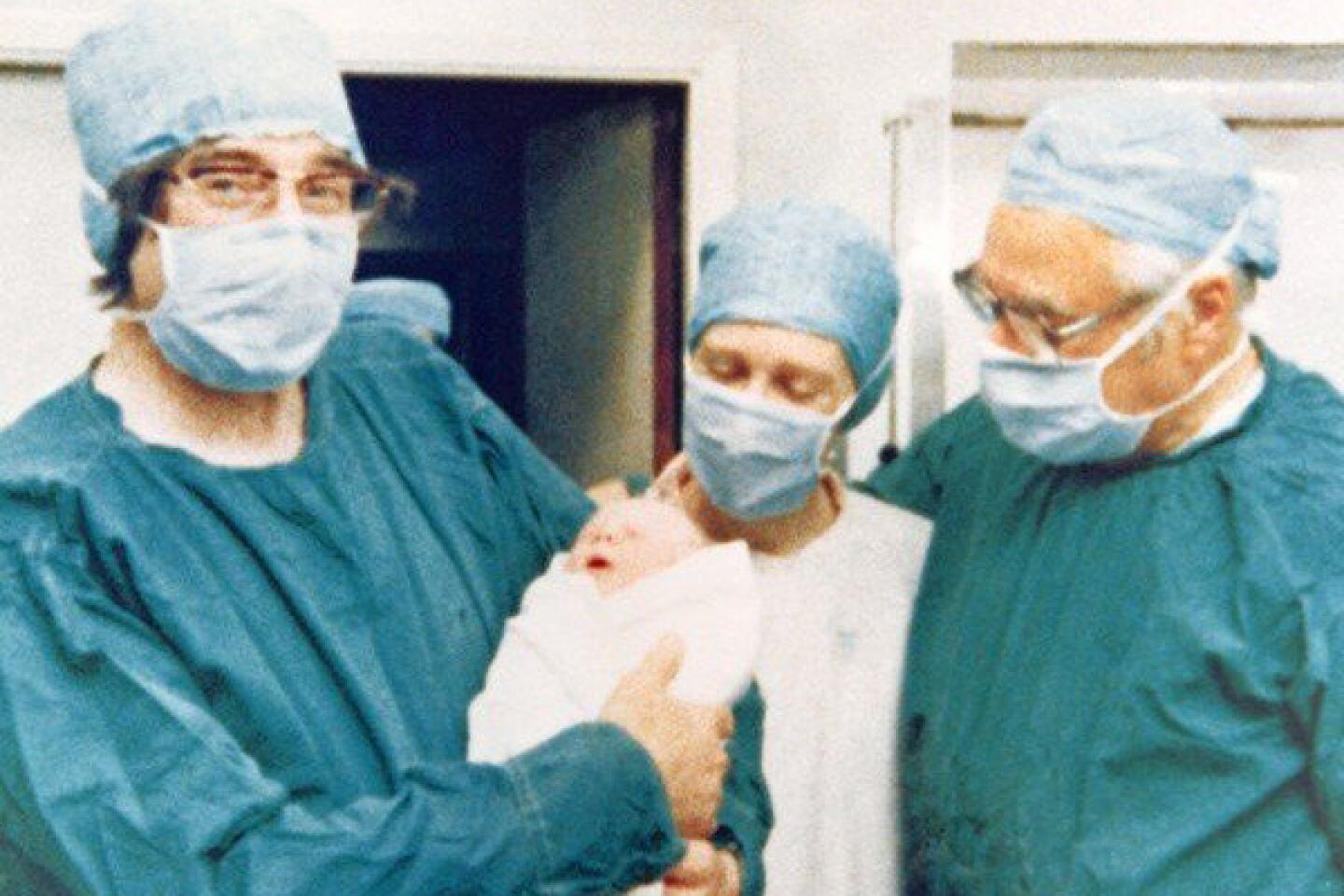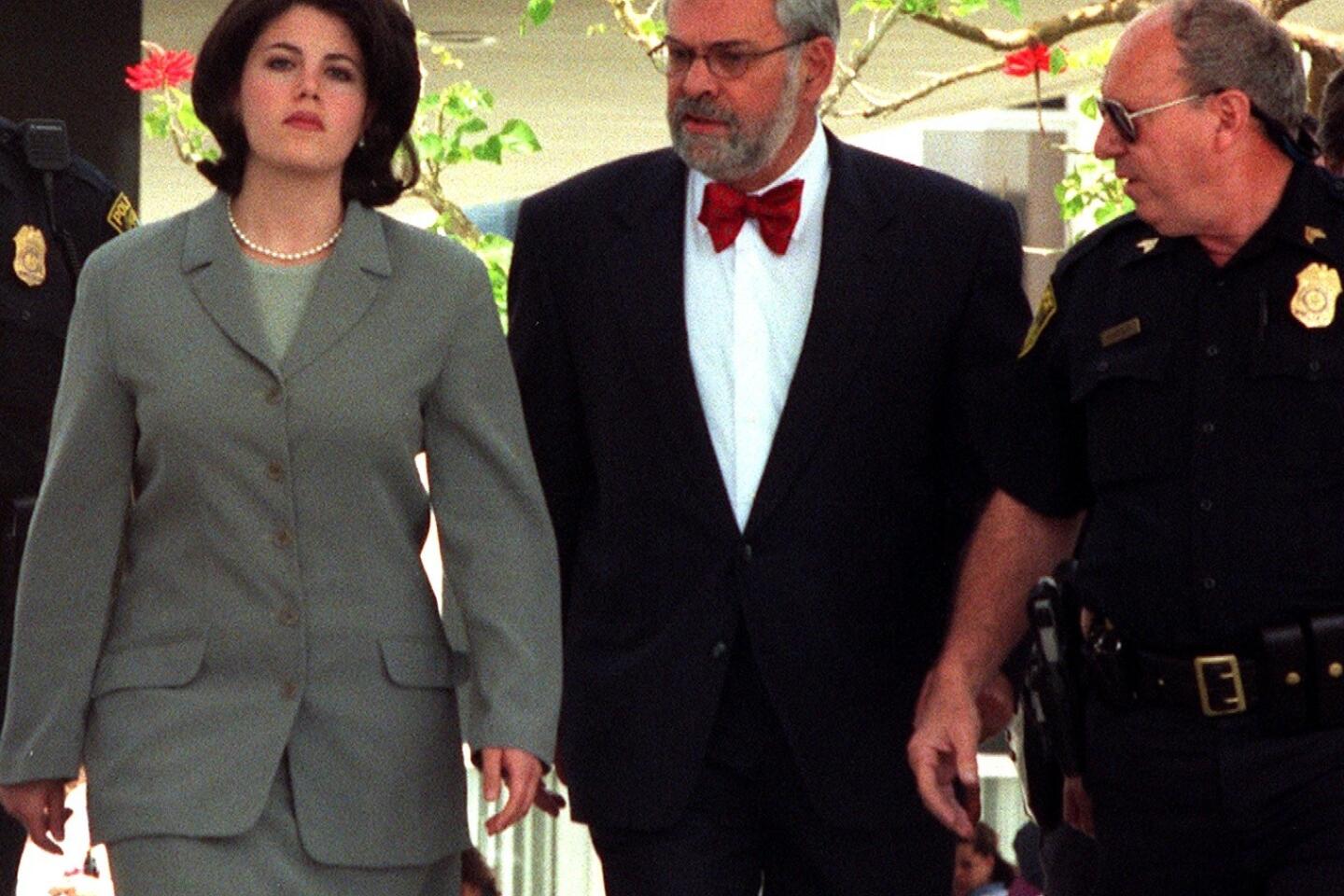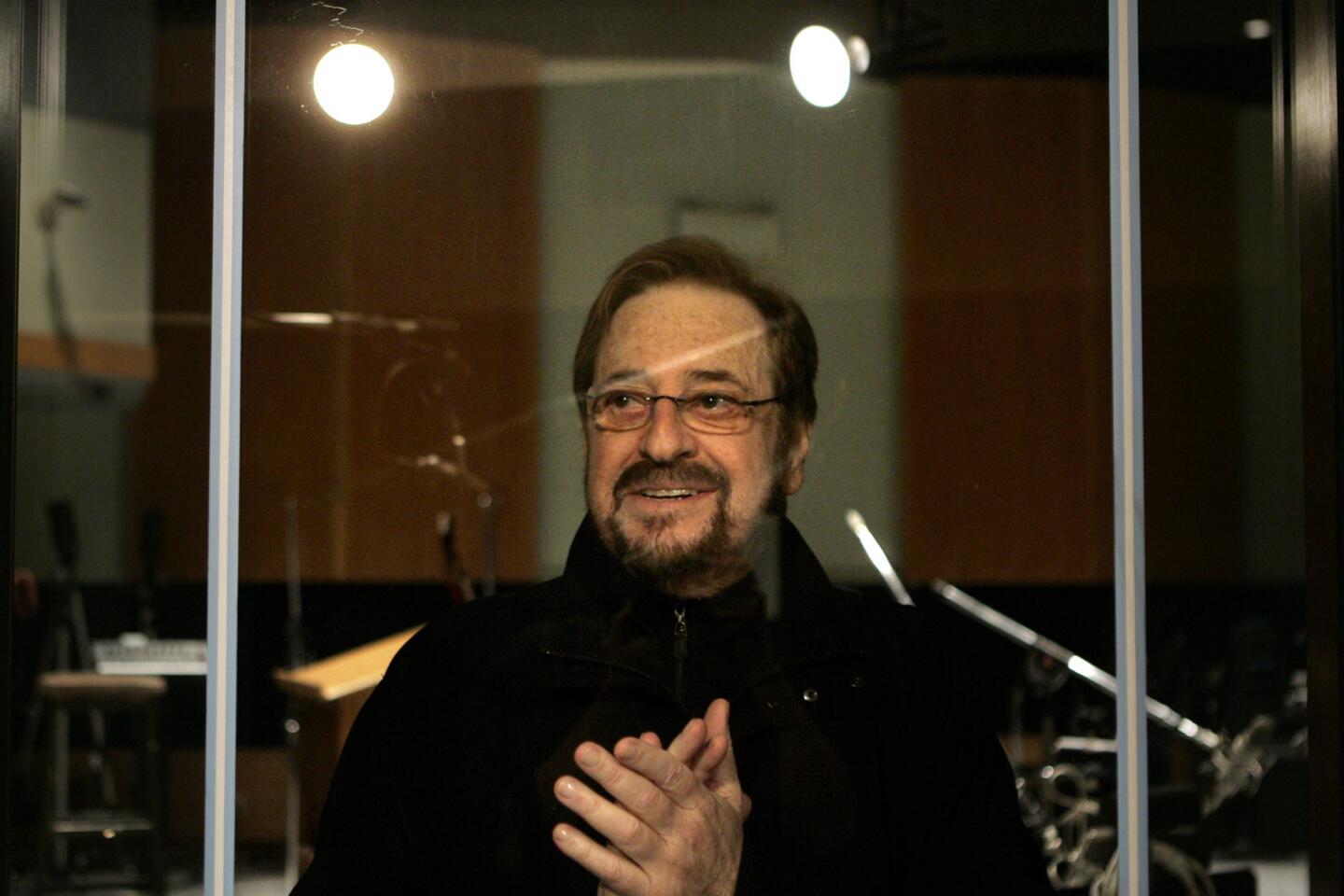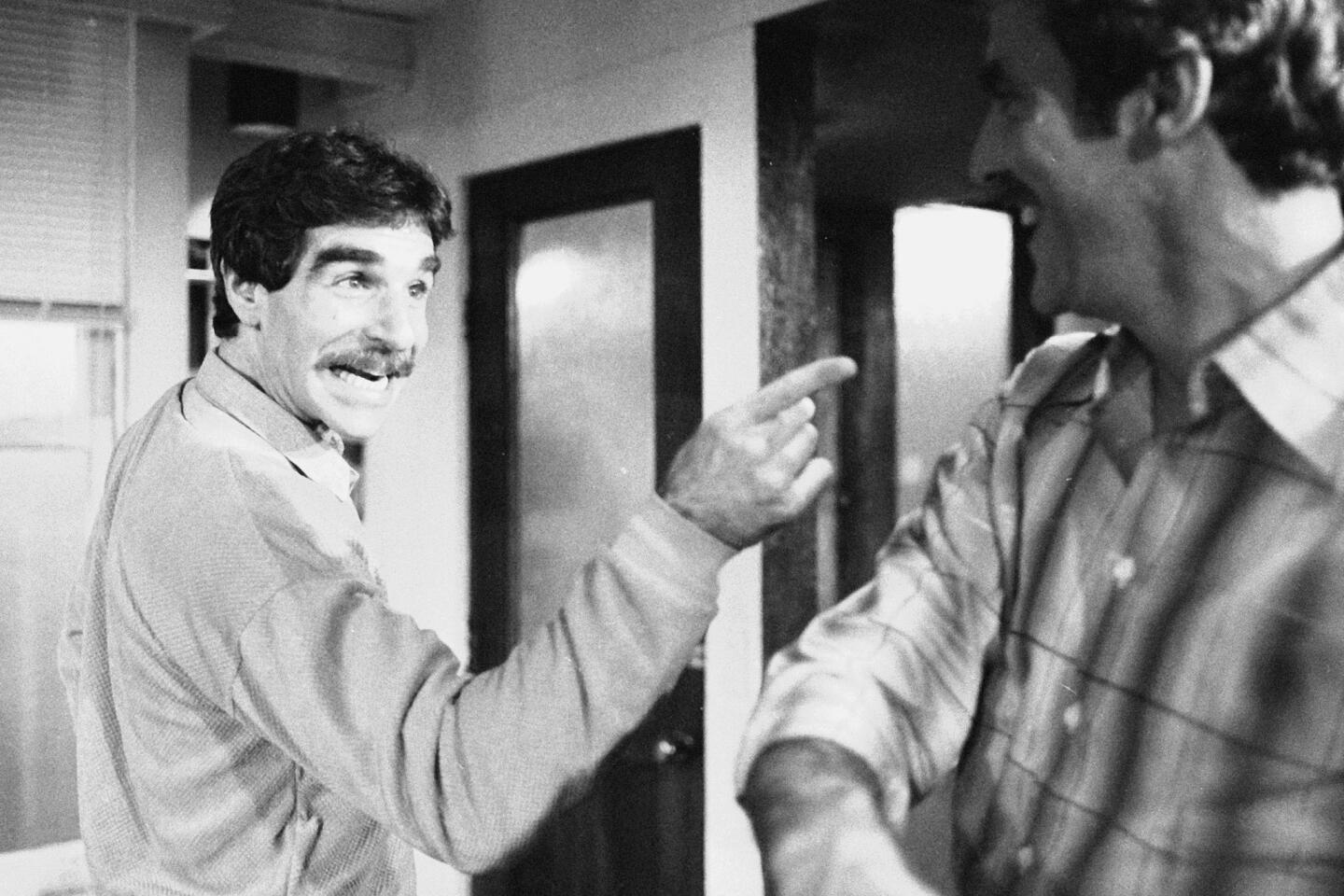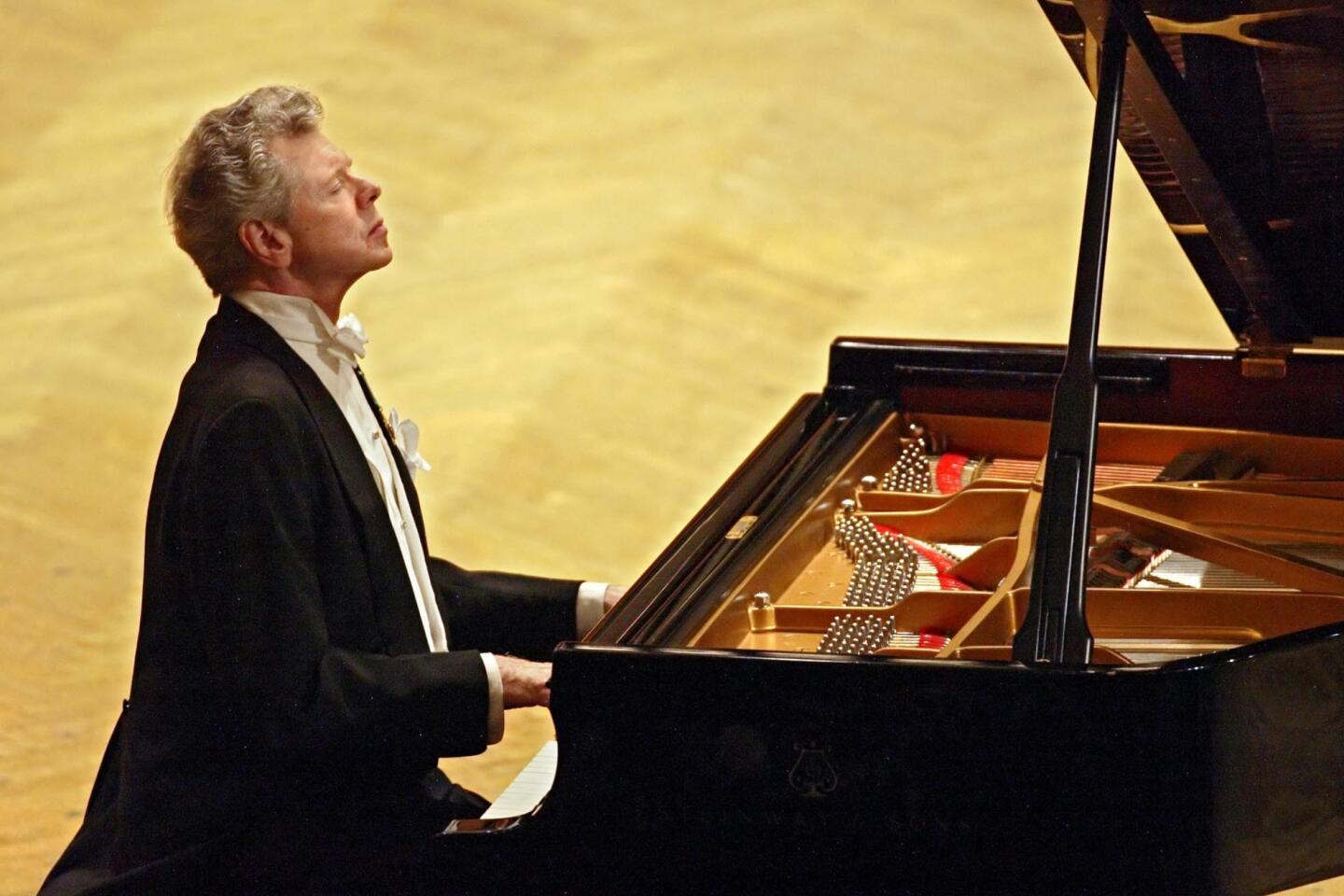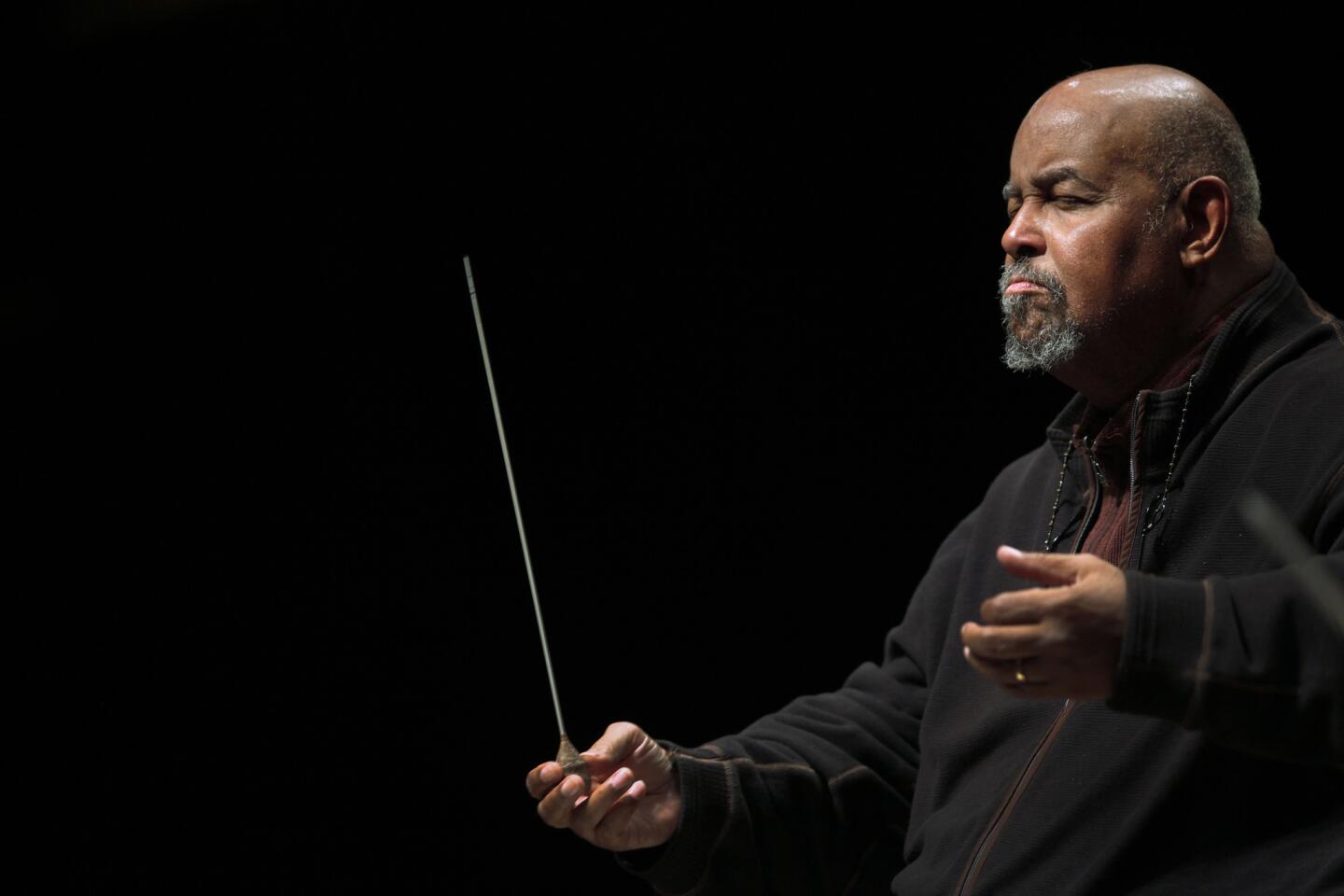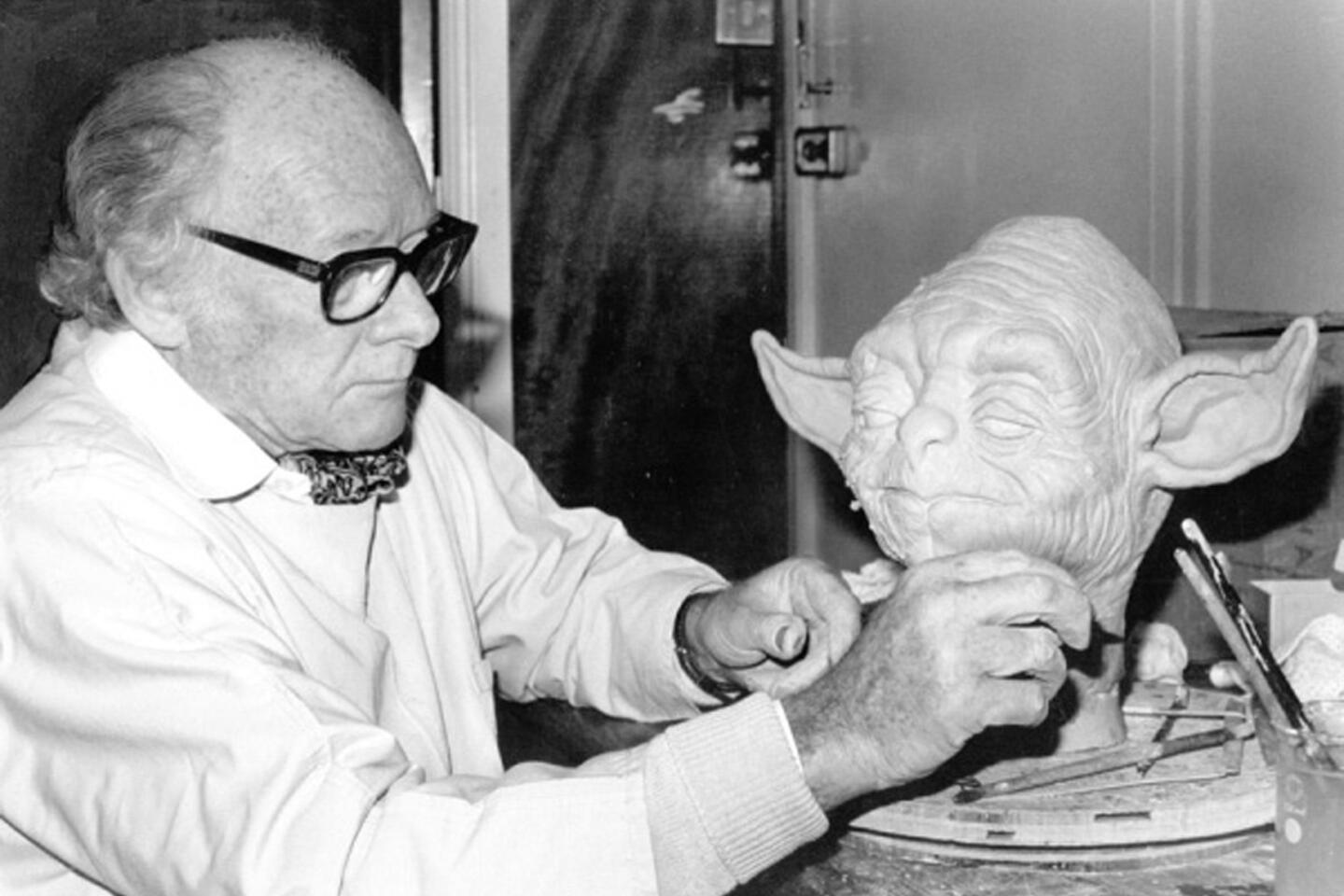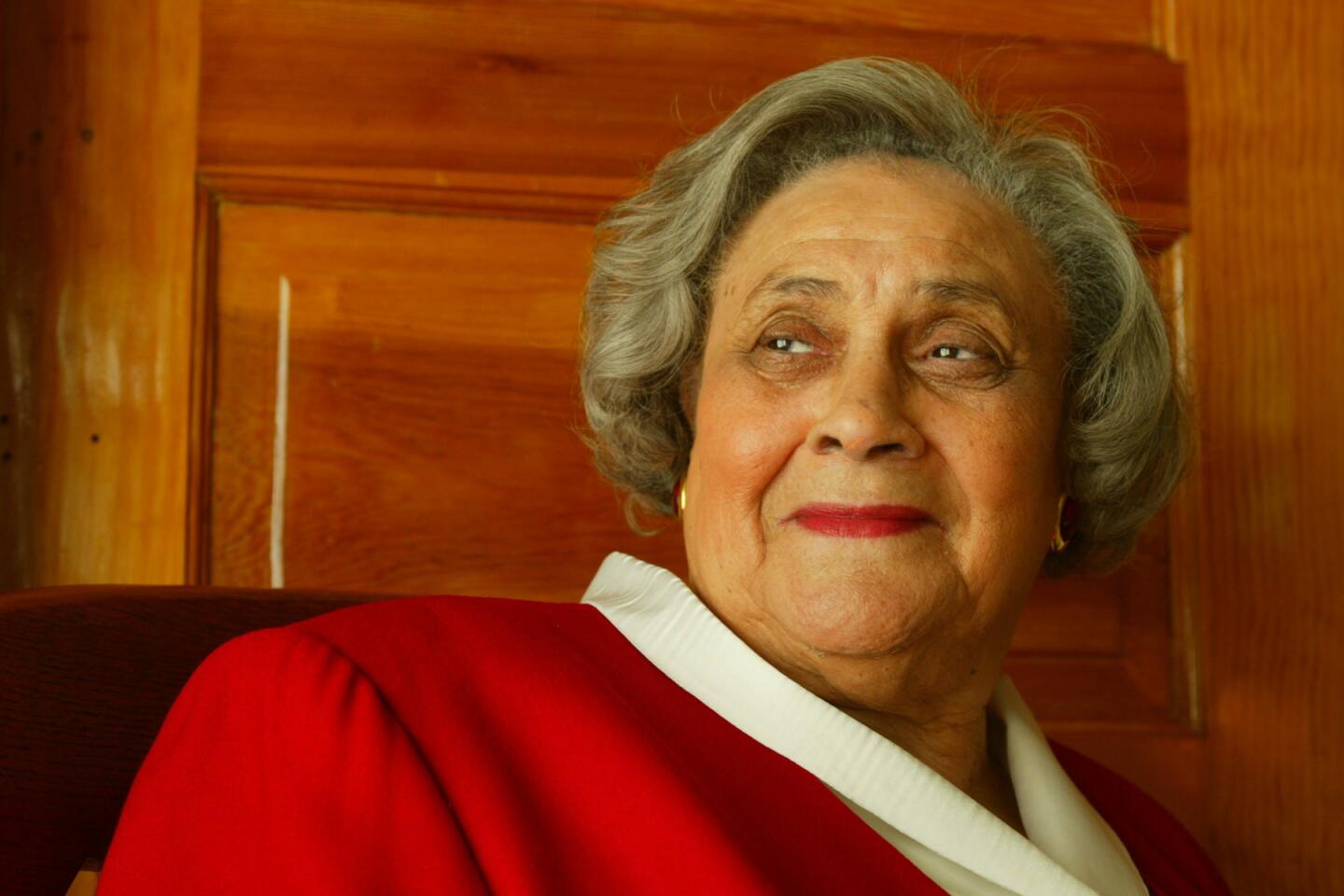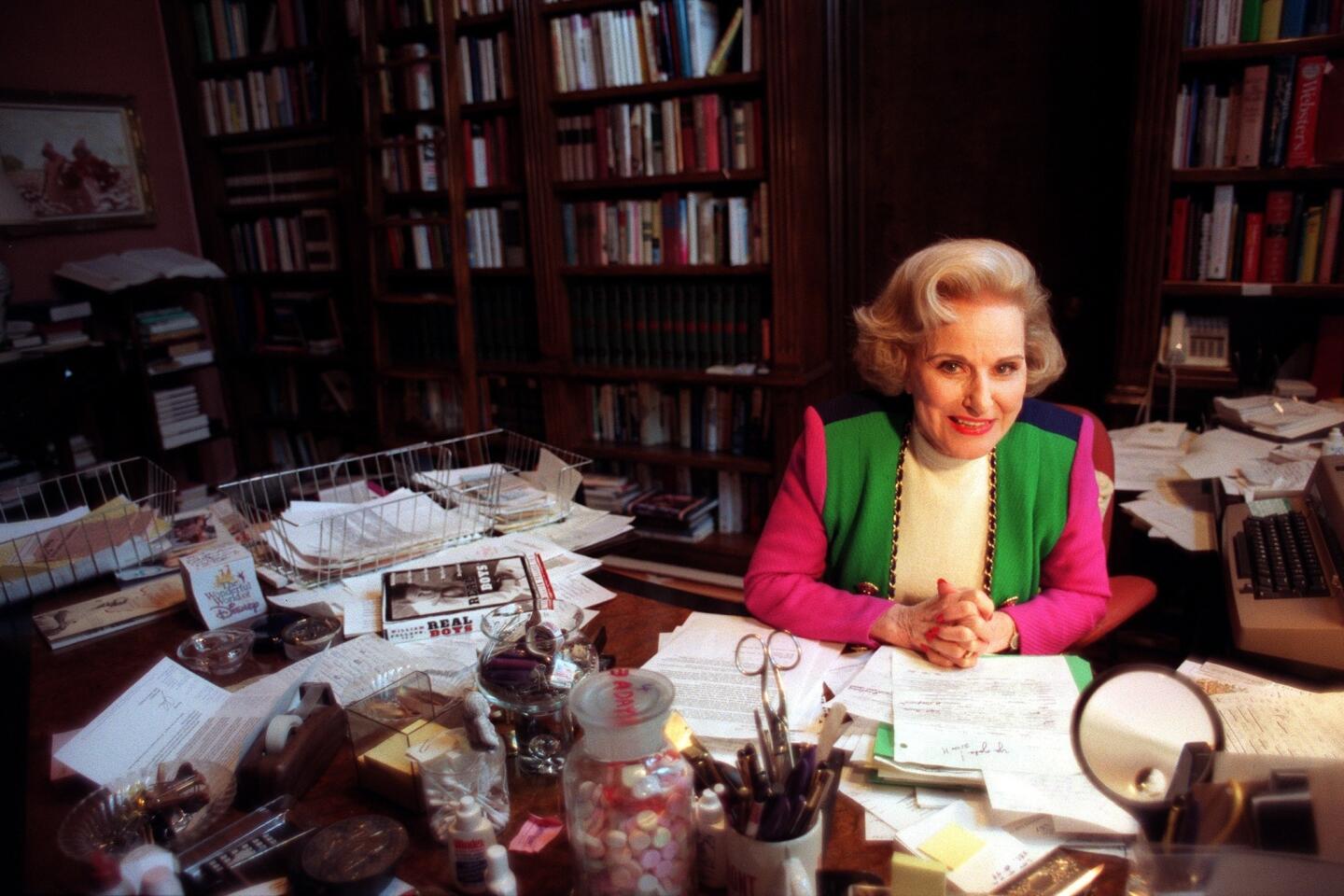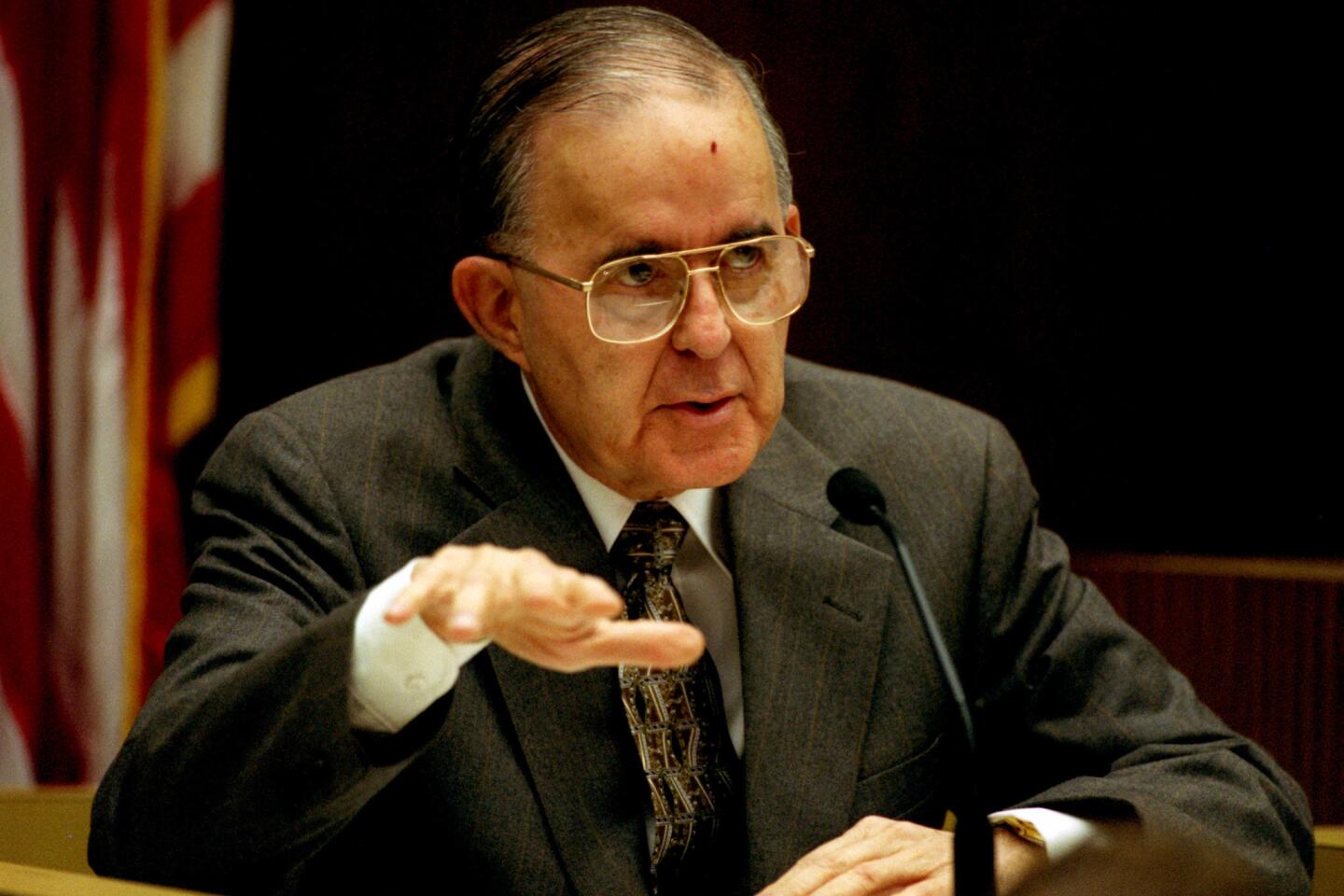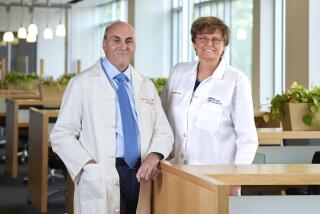Dr. Francois Jacob dies at 92; Nobel-winning biologist
- Share via
When James Watson and Francis Crick deciphered the structure of DNA in 1953, their discovery answered a crucial question in biology: How is genetic information passed down from parent to child?
Their work also created conundrums, however. They and others showed that every cell of an organism contains all of its genetic material. How, then, does an individual cell know which genes to use and when? And how does information from DNA get to the cell’s protein-making machinery?
The seminal insight into those questions came from three biologists at the Pasteur Institute in Paris — Dr. Francois Jacob, Jacques Monod and Andre Lwoff. They identified messenger RNA which, as the name implies, carries the blueprint for a protein from cellular DNA to the ribosome, where proteins are built. They also identified the complex system of regulatory genes that turn protein-making genes on and off.
PHOTOS: Notable deaths of 2013
Their achievement ushered in the modern age of molecular biology. It also won them the 1965 Nobel Prize in Medicine or Physiology, only five years after Watson and Crick received theirs.
Jacob died Friday in Paris at 92. His death was announced by the French government, but no details were released.
The inspiration for Jacob’s achievements came in the early 1950s, while he was working in Lwoff’s laboratory studying bacteriophages, viruses that infect only bacteria. They studied a bacteriophage, or phage, that infected the common bacterium Escherichia coli. They observed that the phage could infect bacterial cells and lie dormant in its genes until something triggered explosive replication that caused the cell to split open.
In related experiments with male and female bacteria, they found that male DNA that was infected with a dormant phage could be transferred to a female cell, but not vice versa. They concluded that something in the cells was suppressing the activity of the phage genes.
That led Jacob and Monod to study E. coli that normally live on the sugar glucose. But if the bacteria are deprived of glucose and placed in a medium containing the more complicated sugar lactose, they suddenly begin producing three enzymes that: 1) take lactose into the cell; 2) break it down into its constituents glucose and galactose; and 3) break galactose down into glucose.
Through an elegant series of experiments, the researchers showed that the genes that serve as the blueprints for those three enzymes are each accompanied by another gene called the operator. In this system, glucose acts as a repressor, binding to the operator and physically preventing the blueprint gene from being copied into messenger RNA.
In other words, when the gene is not needed, it is shut off.
But when lactose is present, it binds more strongly to the operator than does glucose, pushing out the latter and allowing the structural gene to be copied. The researchers called this system of two genes an “operon” and the specific system for lactose the lactose or lac operon. They submitted their findings to the Journal of Molecular Biology on Christmas Eve in 1960 and it was published the next year.
In a review in the journal Science, molecular biologist Gunther S. Stent called it “one of the monuments in the literature of molecular biology.” Introducing the three biologists at the Nobel awards ceremony, Sven Gard of the Royal Caroline Institute proclaimed that the French workers “opened up a field of research which in the truest sense of the word can be described as molecular biology.”
Francois Jacob was born June 17, 1920, in Nancy, France, the son of a merchant. He began studying medicine at the University of Paris with the intention of becoming a surgeon, but the war intervened after his first two years. At the age of 20, he caught one of the last vessels to England, where he joined the Free French forces.
With his two years of medical training, he served as a doctor with the Free French armored forces throughout North Africa. After the Allies’ 1944 Normandy invasion, as his armored brigade was nearing Paris, Jacob was severely wounded in a German attack when he used his own body to protect his lieutenant. He spent seven months in a hospital, missing the Free French forces’ grand reentry into the city. Damage to his hand ended his hopes of becoming a surgeon.
For his service, he received the Companion of the Liberation, the country’s highest World War II decoration for valor. He was also awarded the Legion d’Honneur and the Croix de Guerre.
After he received his medical degree in 1947, he joined a company that was attempting to make a French version of penicillin and helped in the development of a related antibiotic called tyrothrycin. In 1950, at the age of 30, he decided he was interested in cellular genetics and obtained a fellowship at the Pasteur Institute, receiving his doctor of science degree in 1954.
He later studied mechanisms of cell division and the early development of the mouse embryo.
In addition to his many research papers, he authored four books, including the 1988 autobiography “The Statue Within.”
He married the pianist Lysiane “Lise” Bloch in 1947, and they had four children. After her death, he married Genevieve Barrier in 1999. Information about survivors was unavailable.




